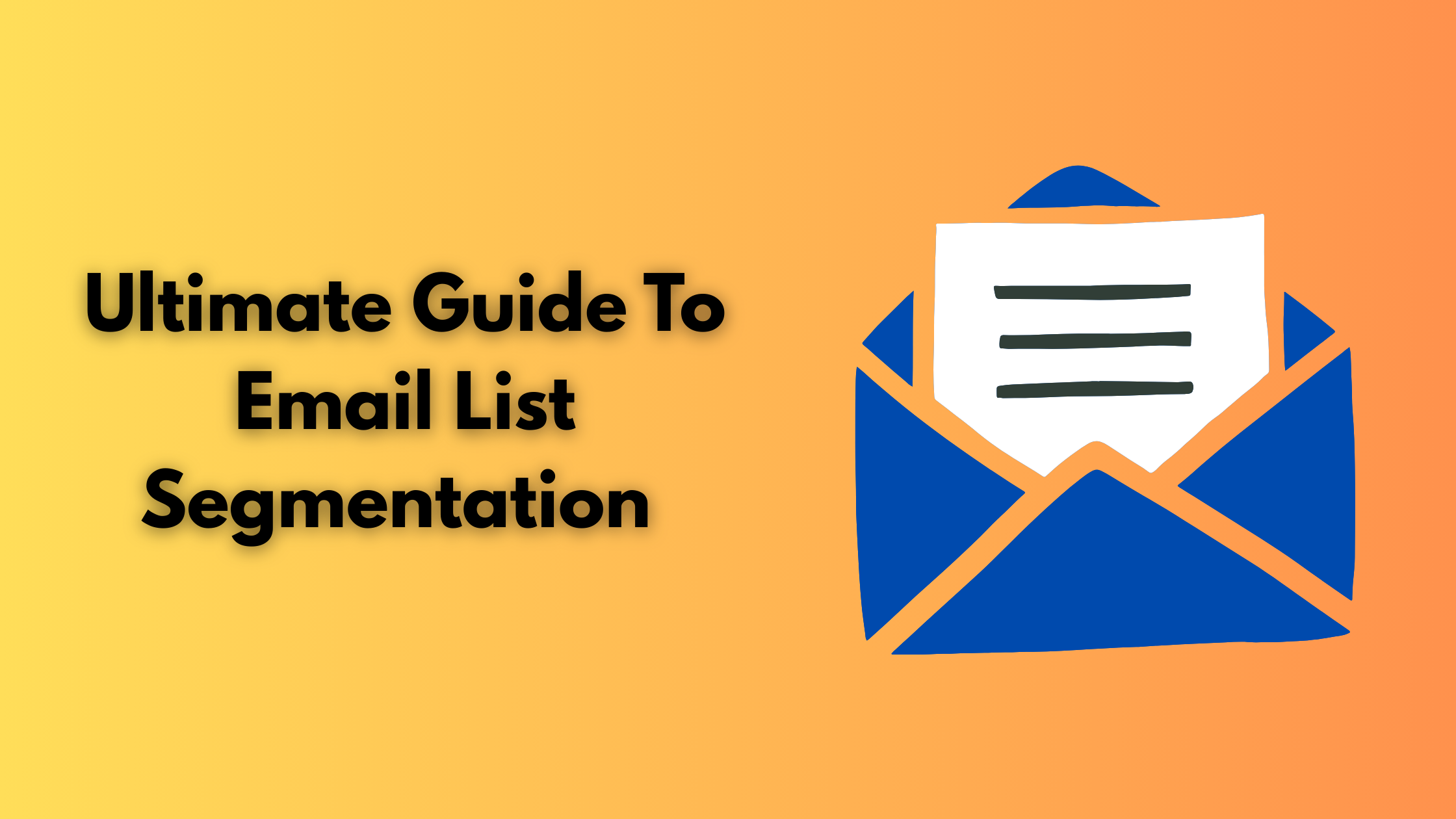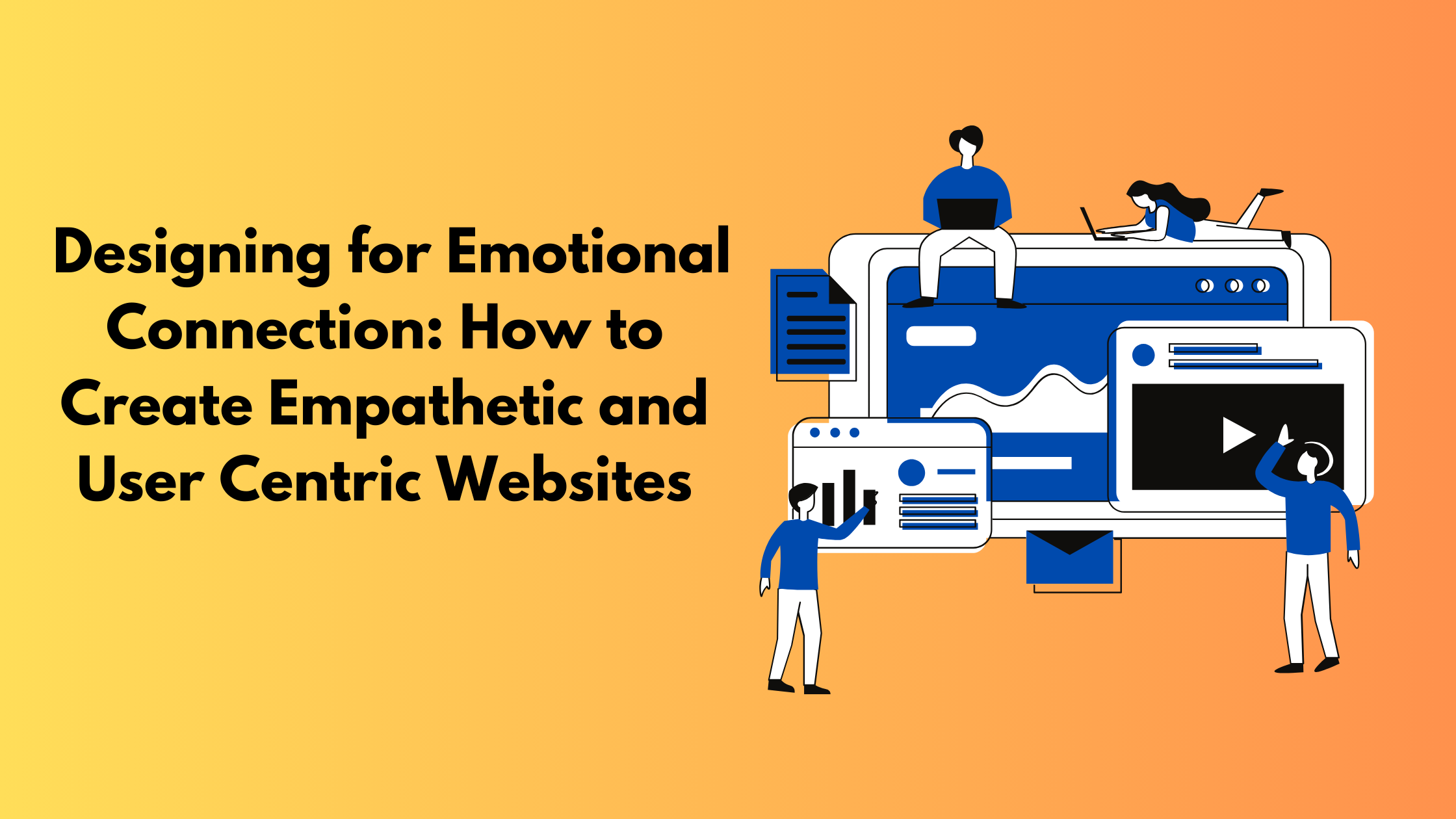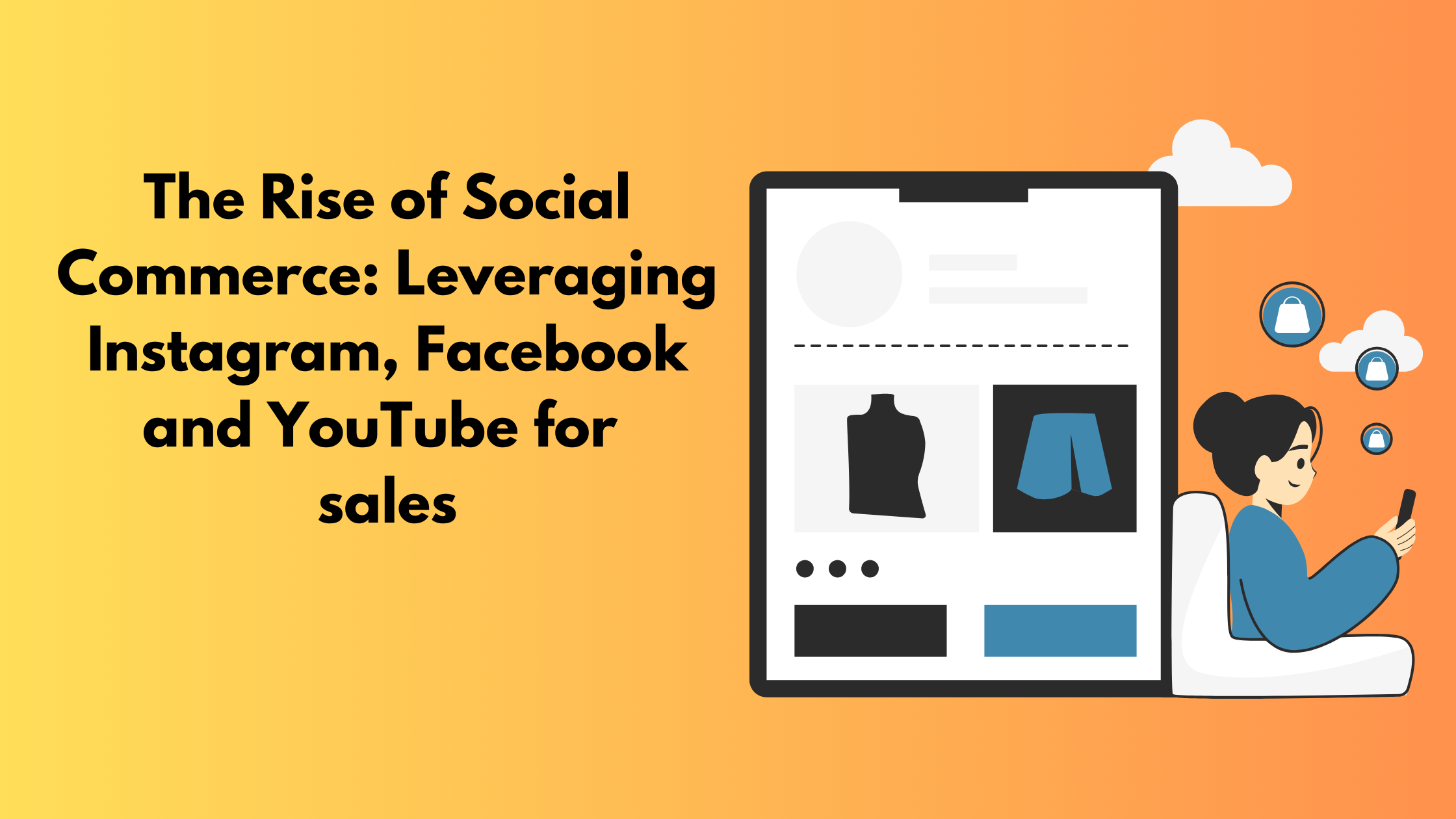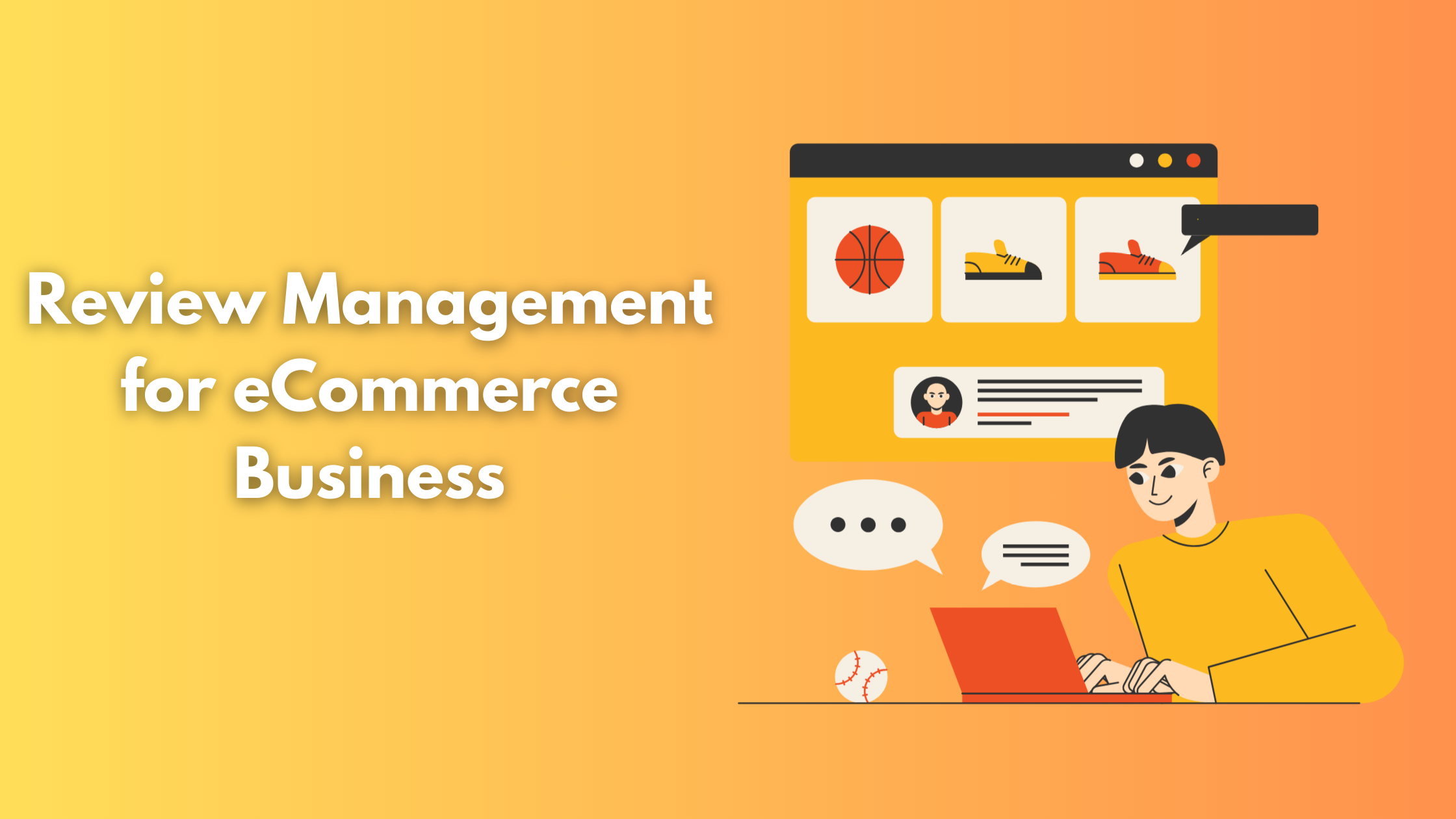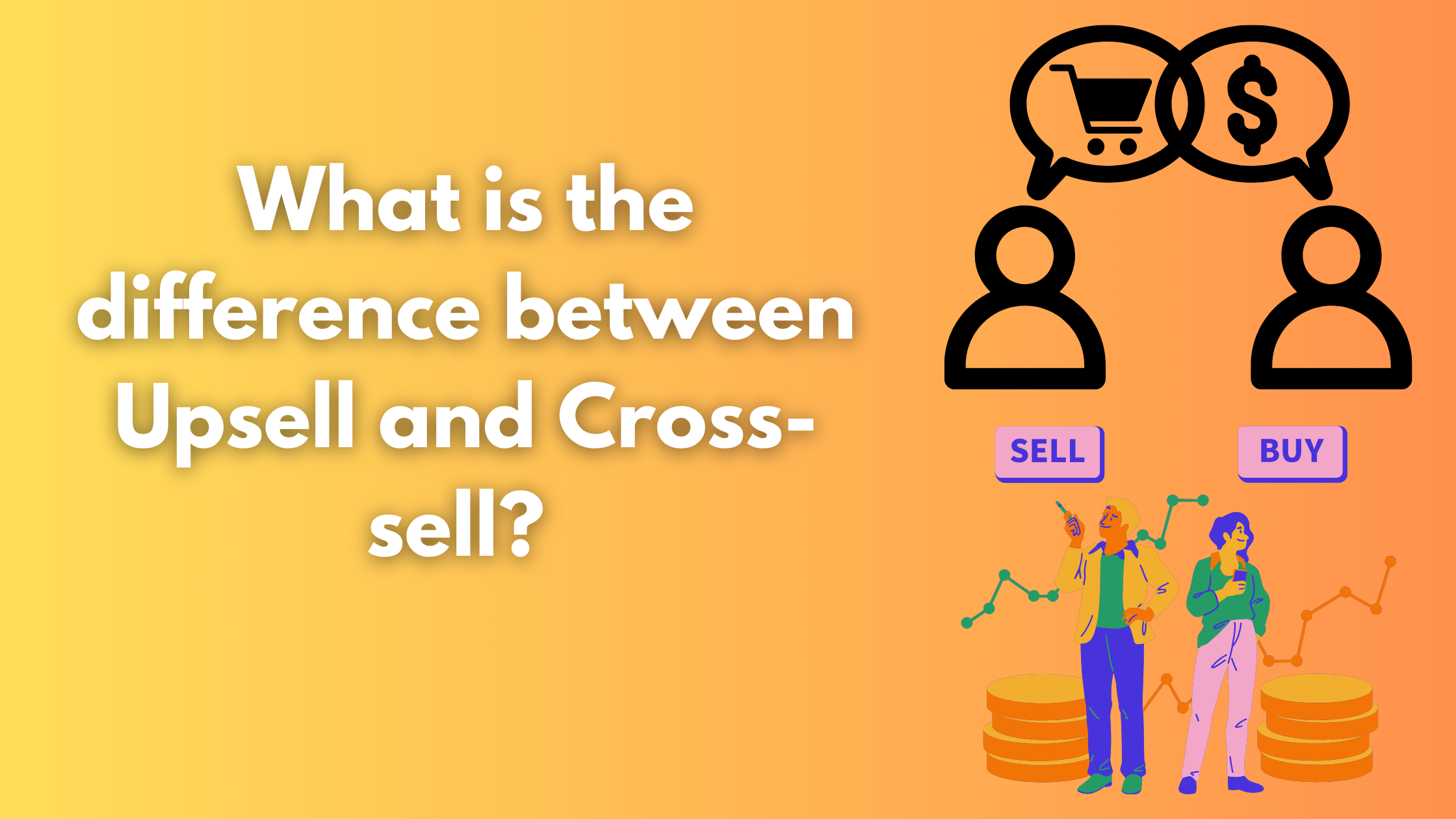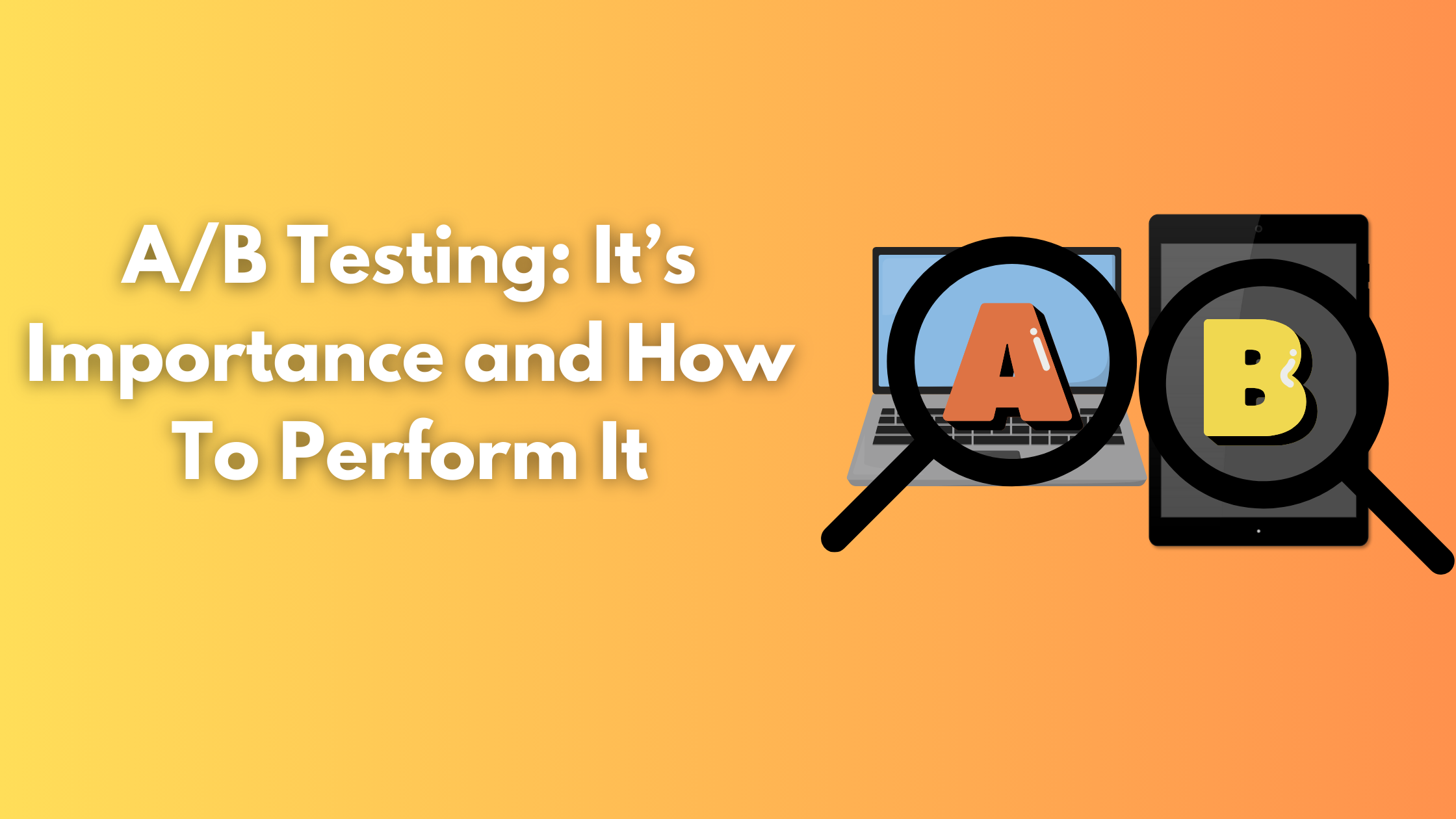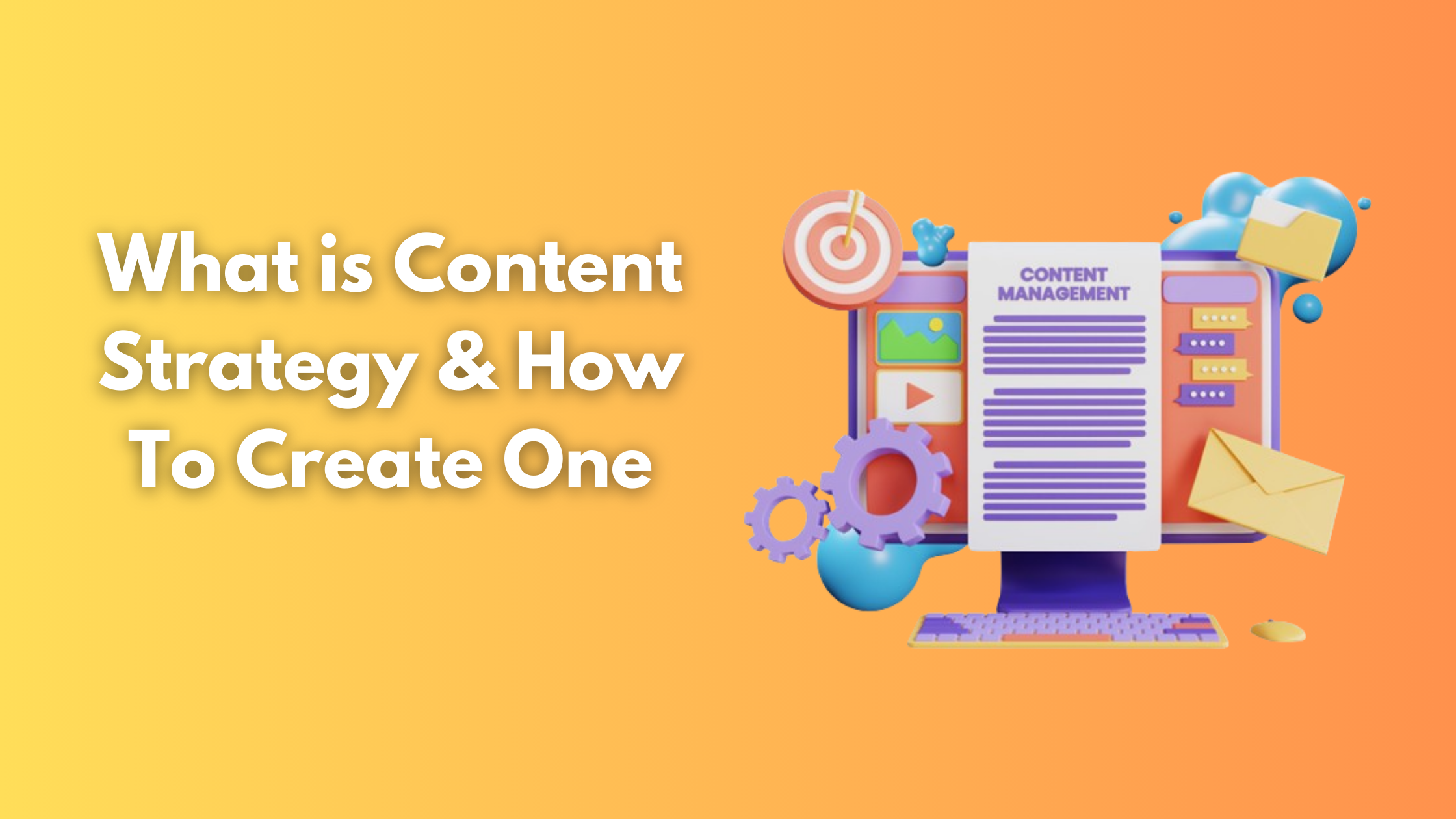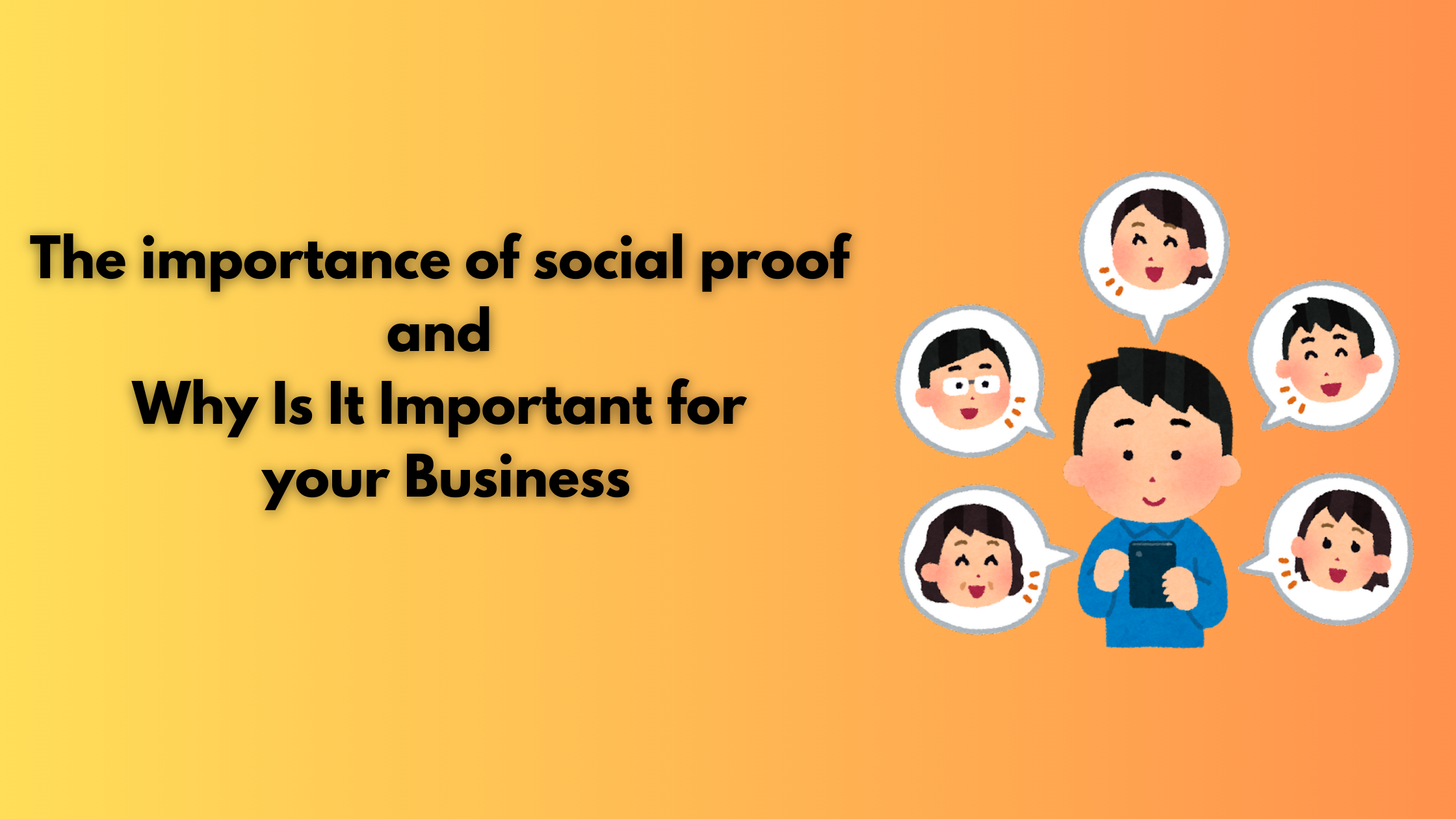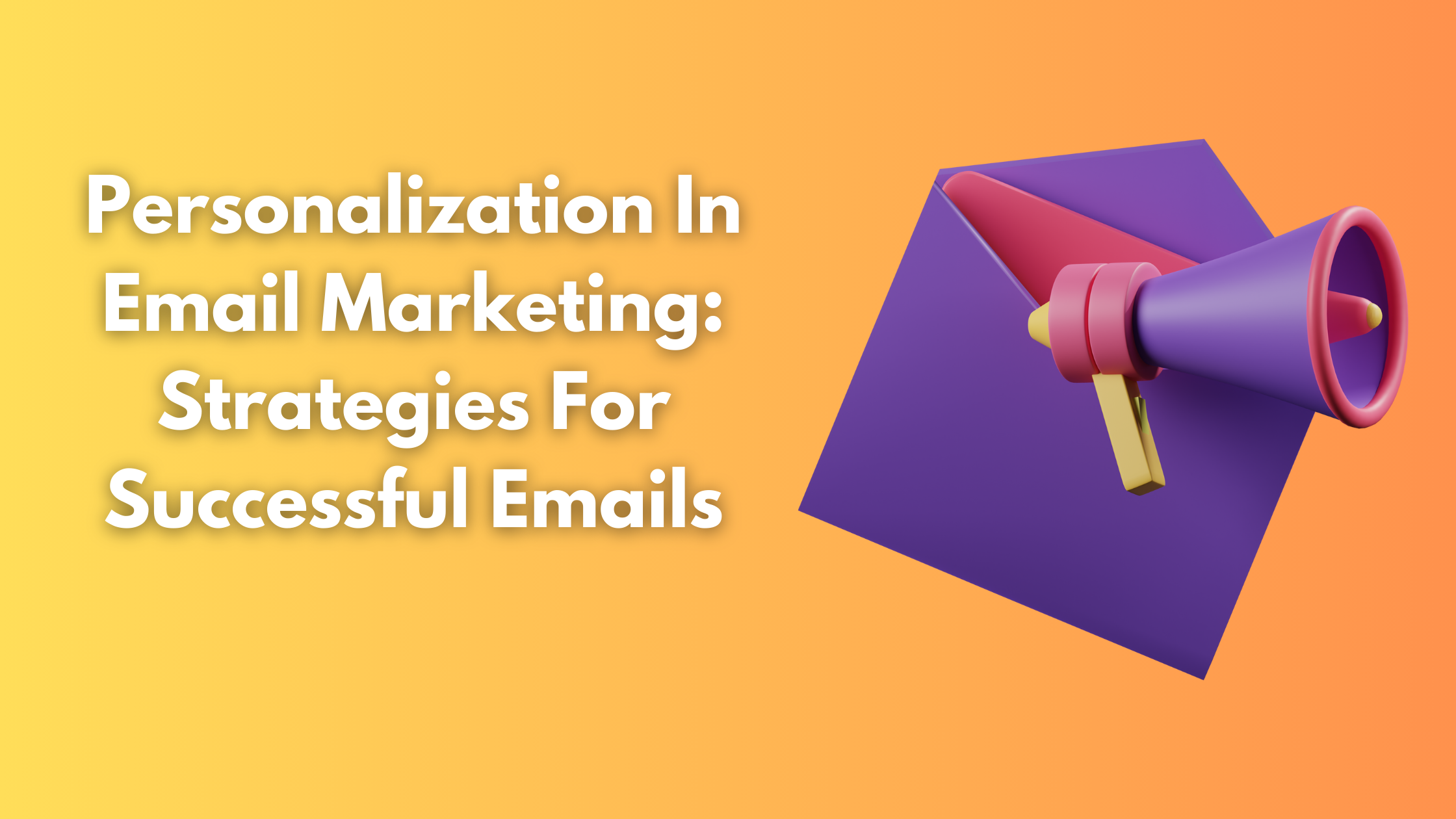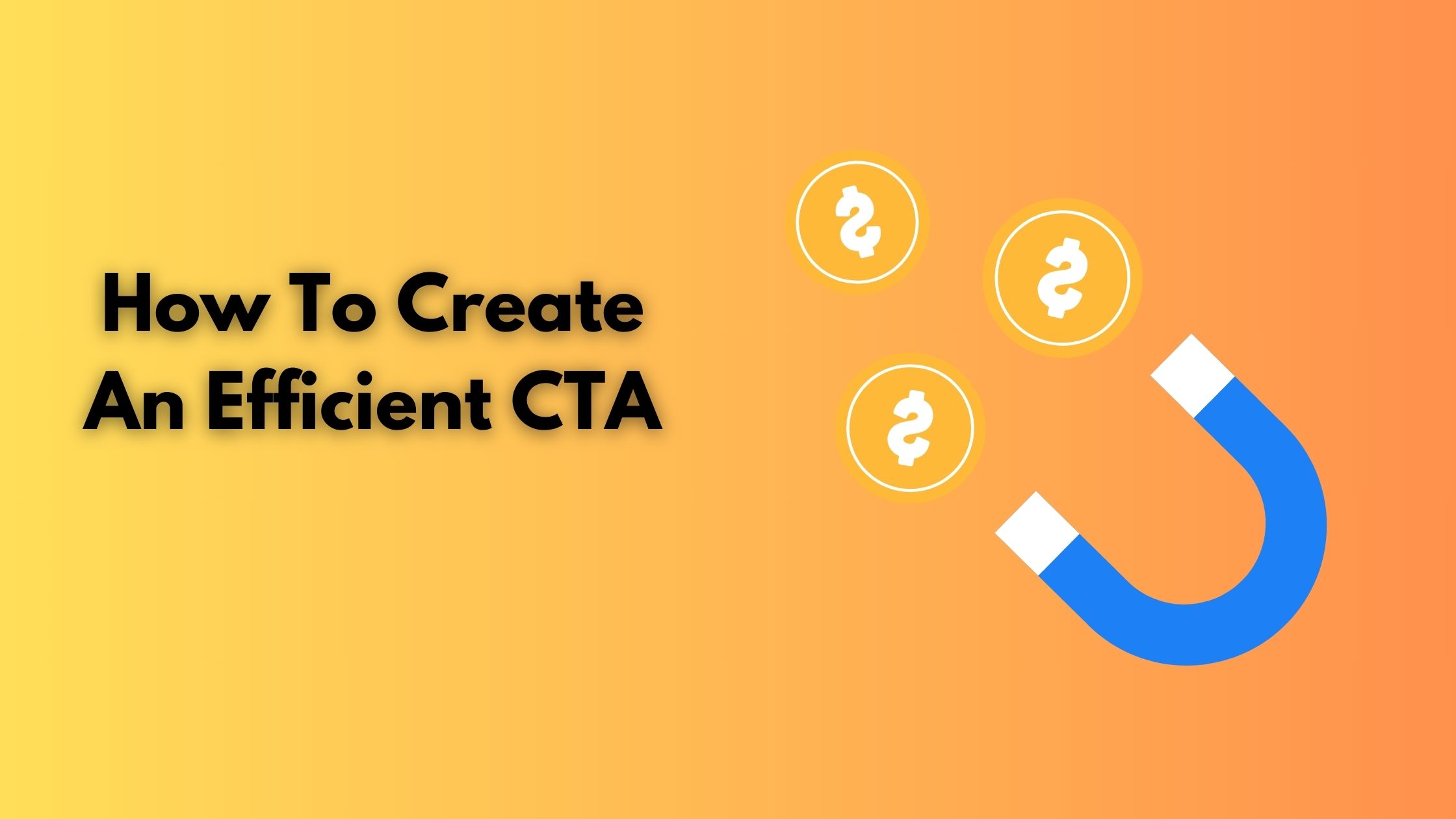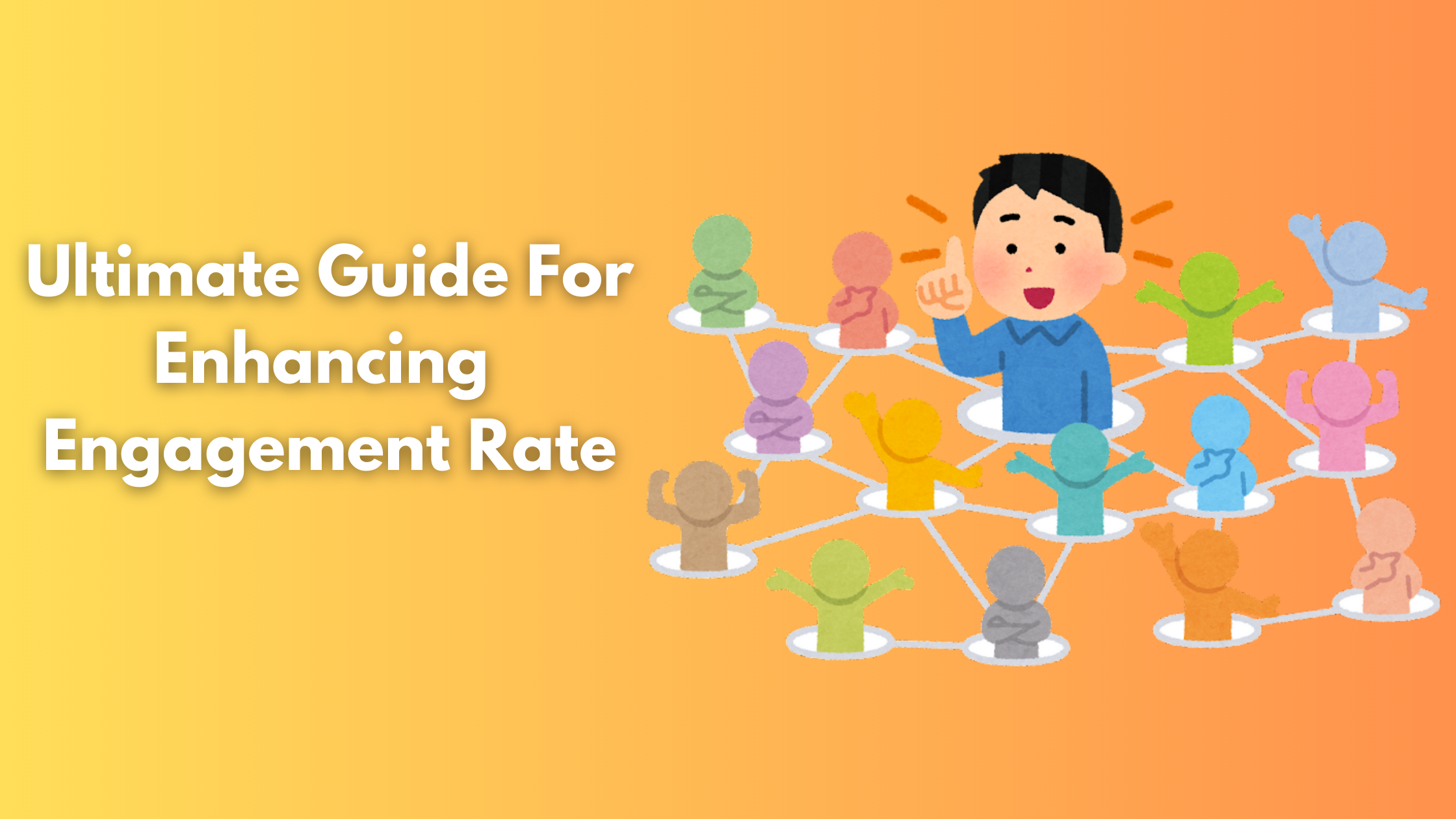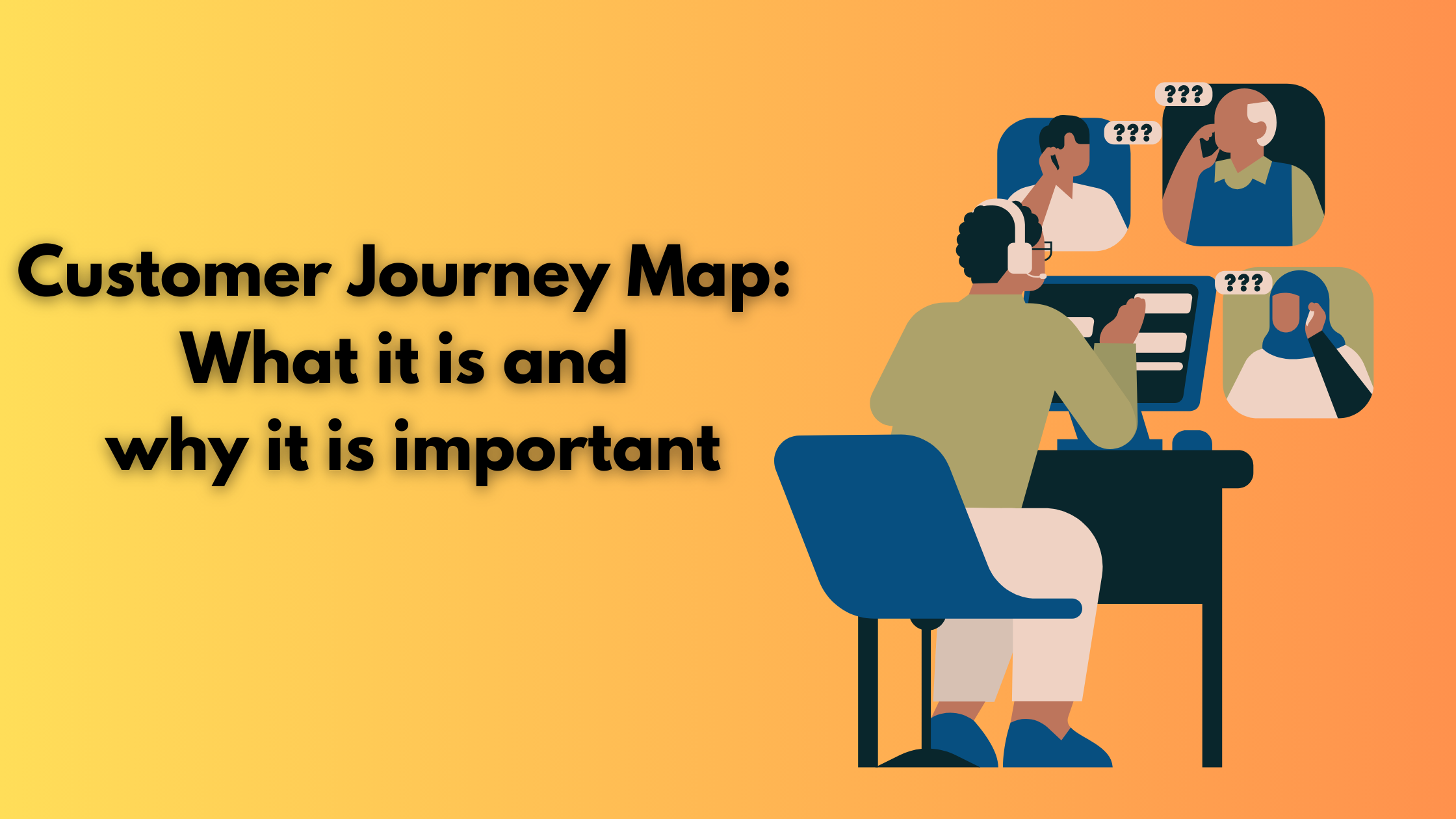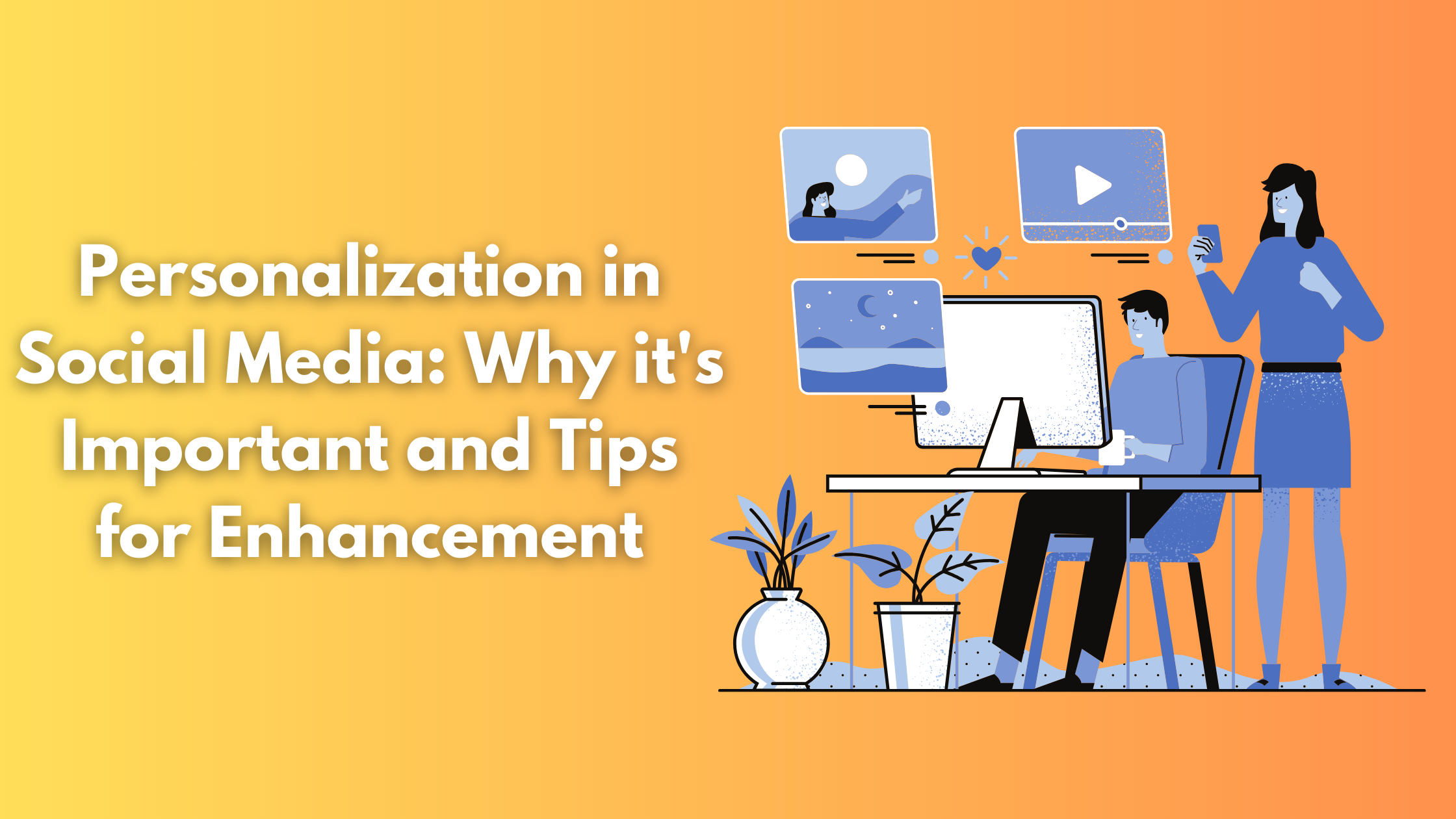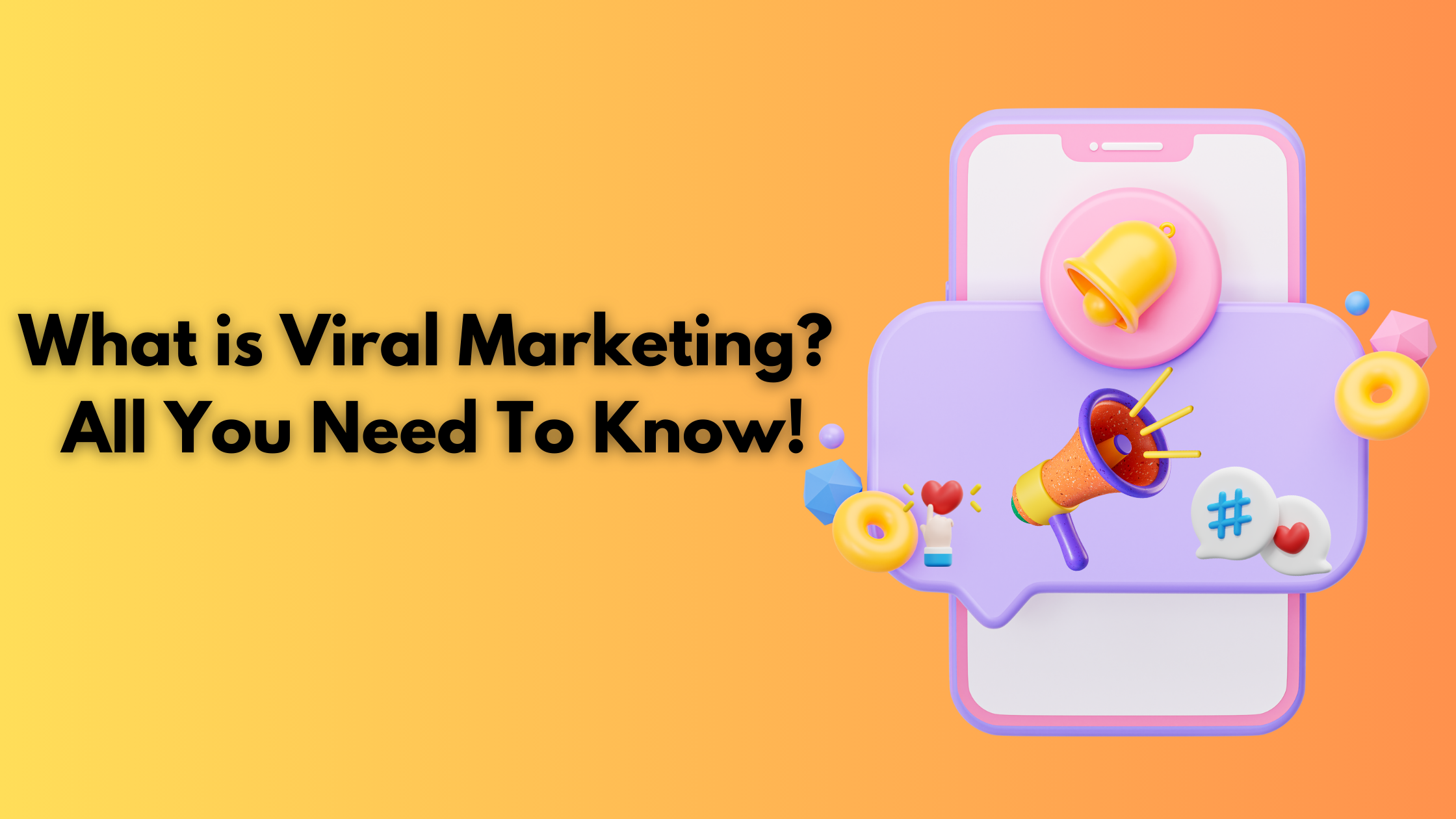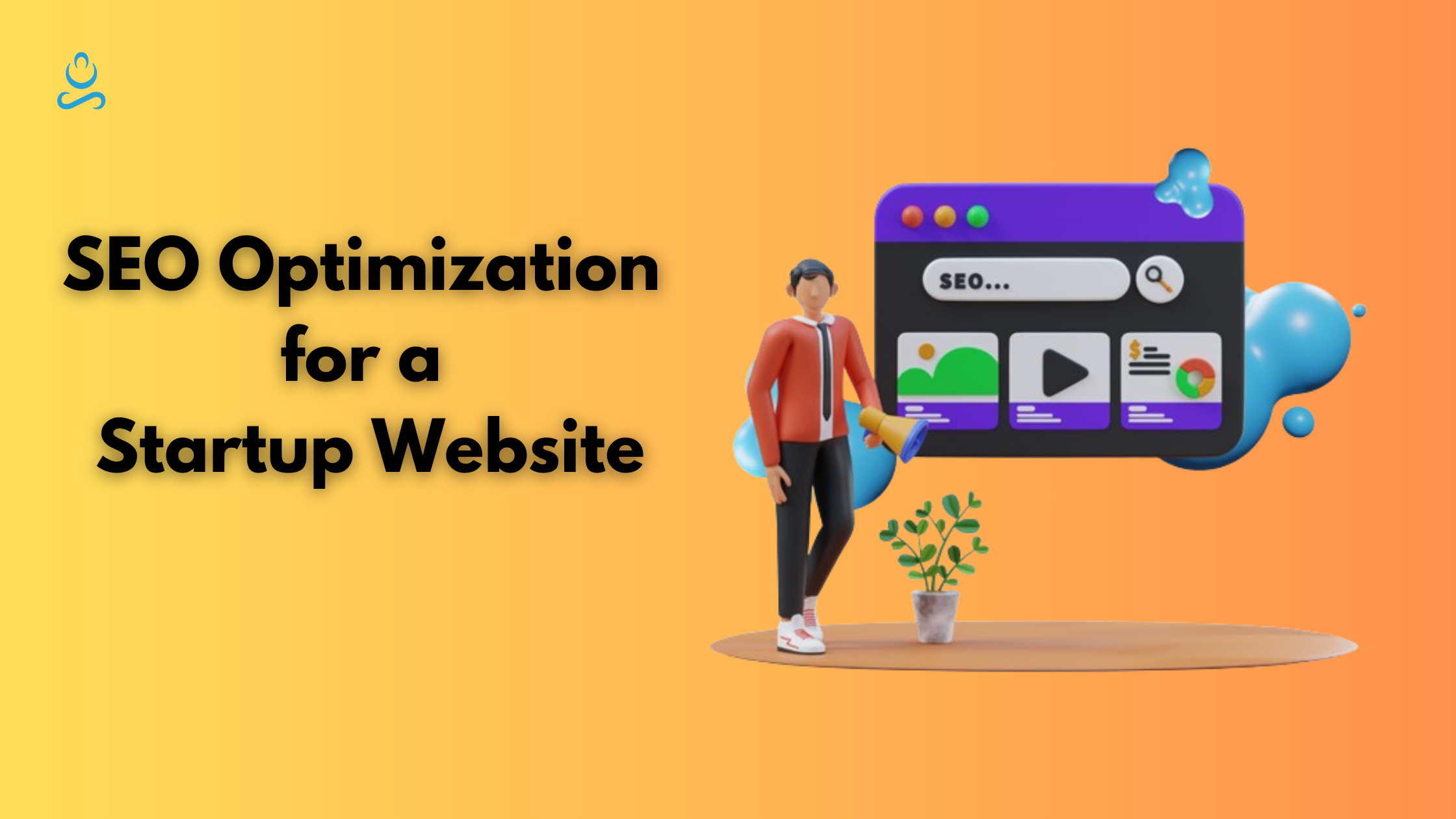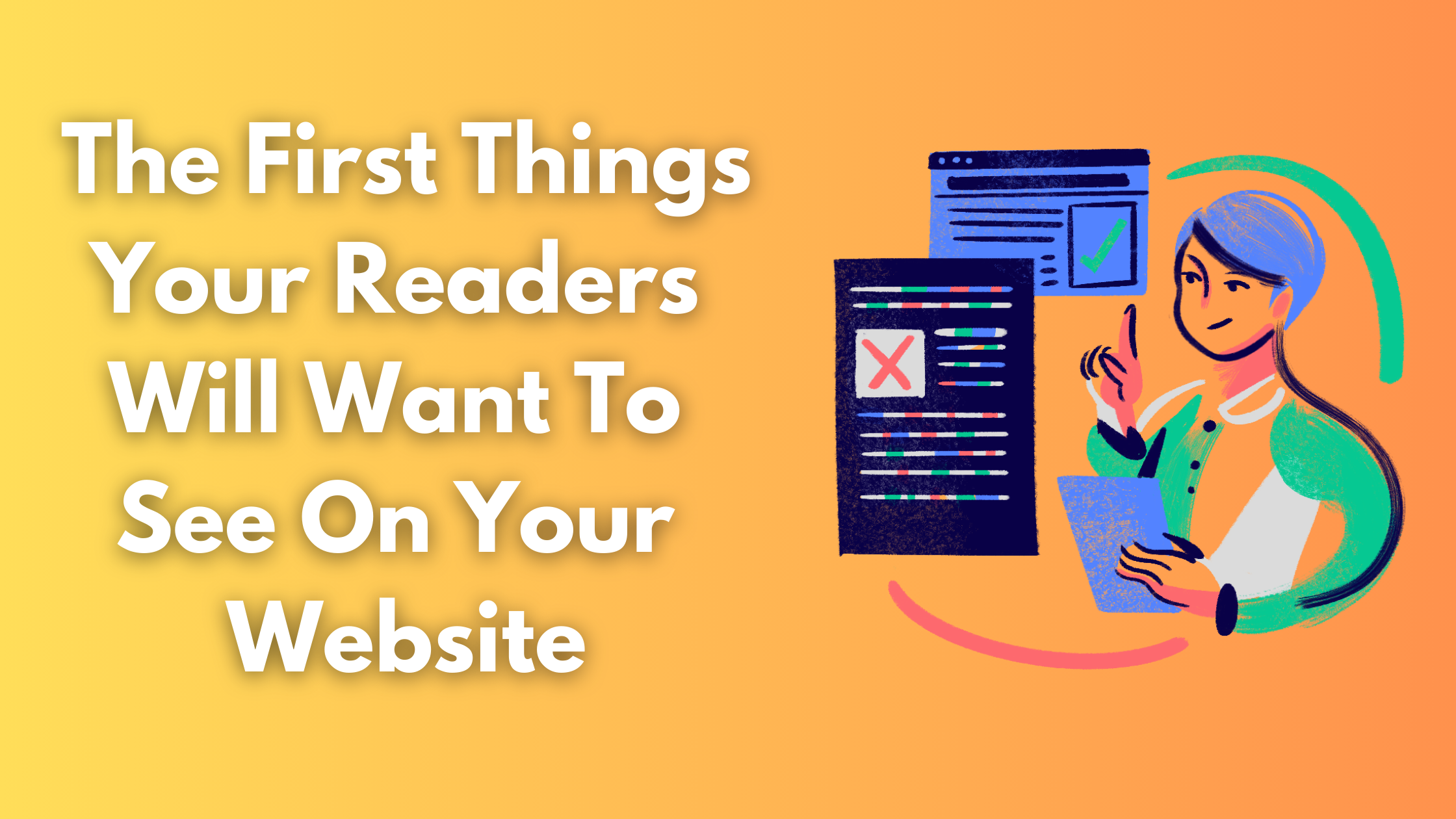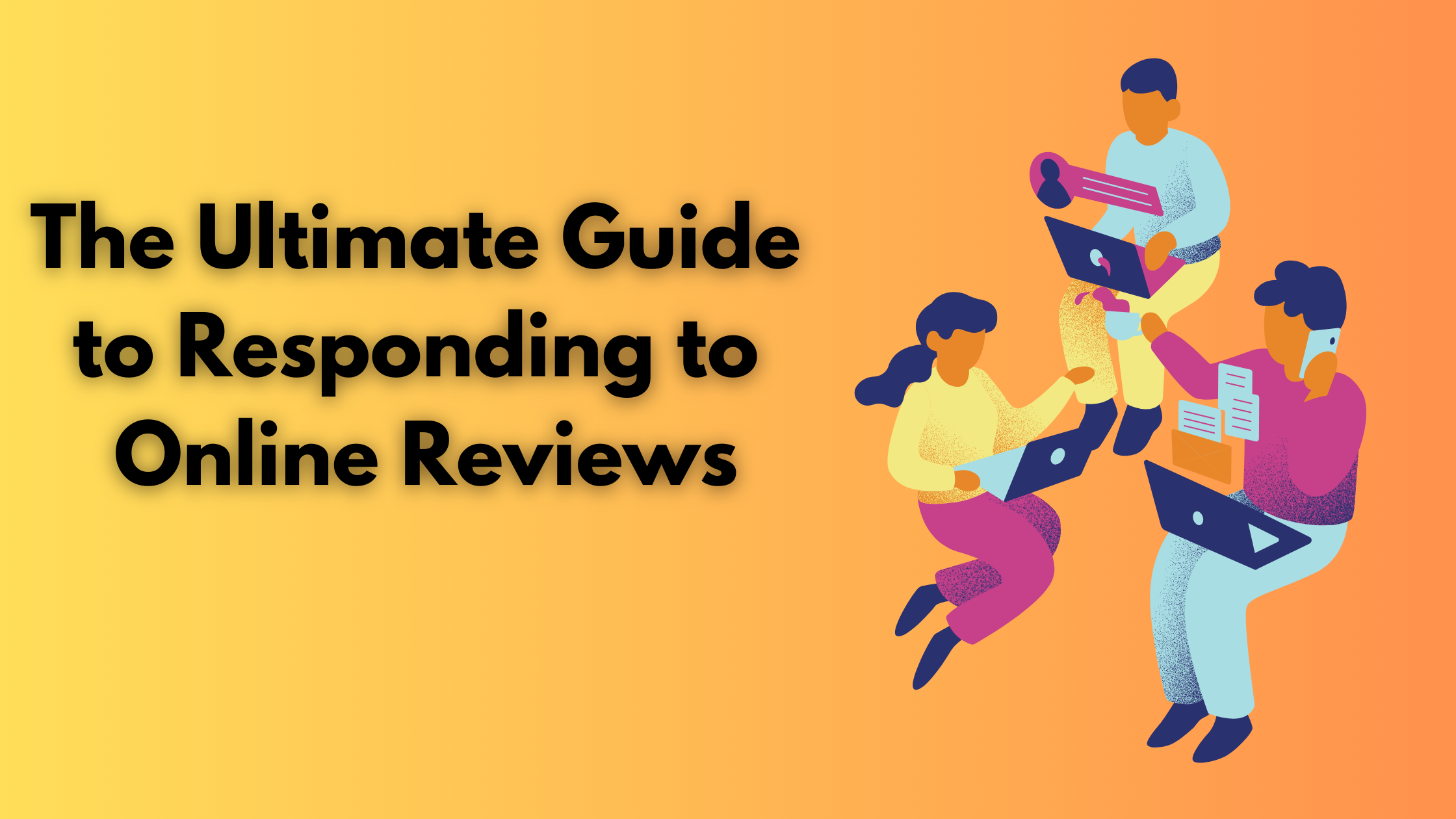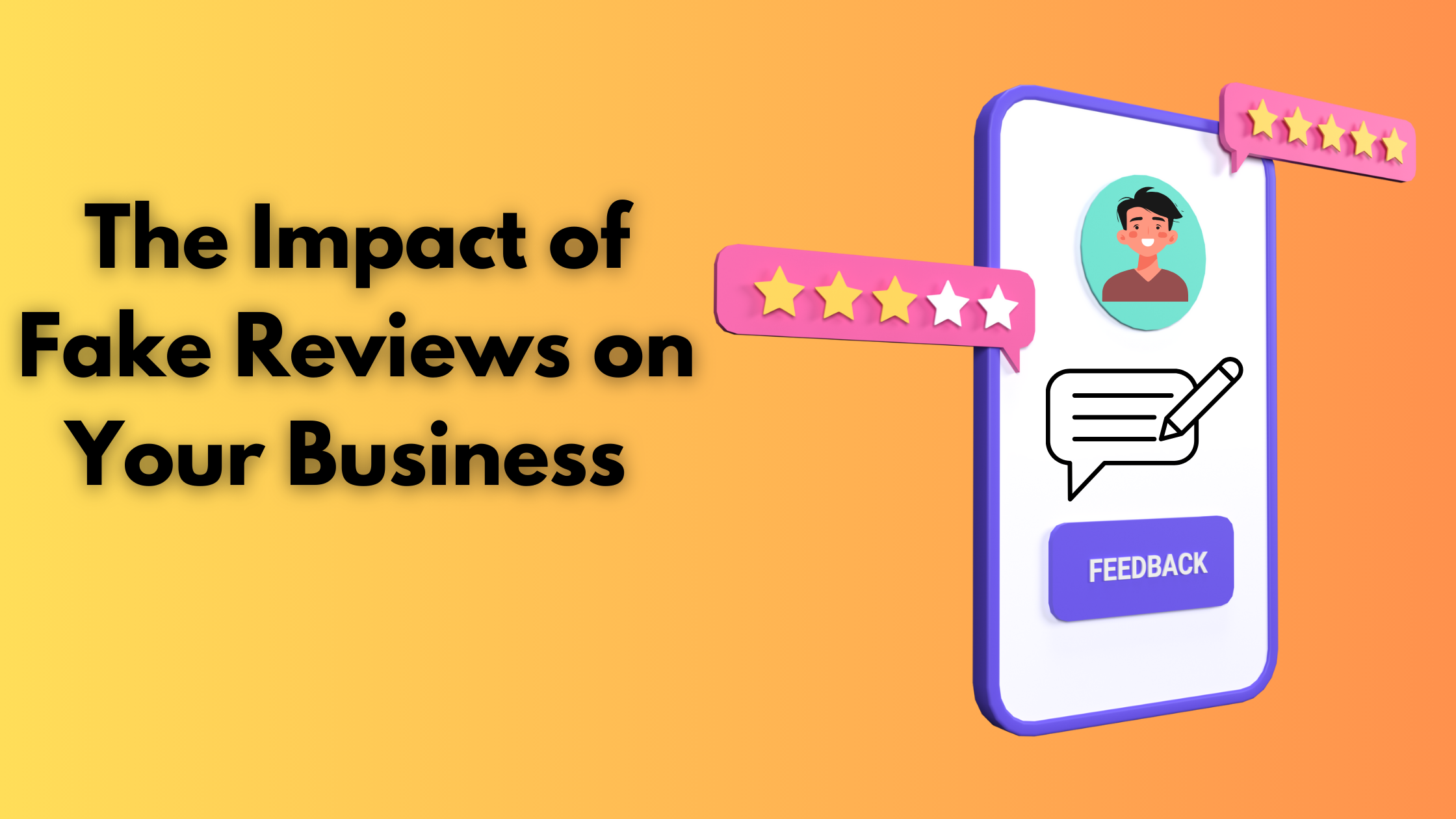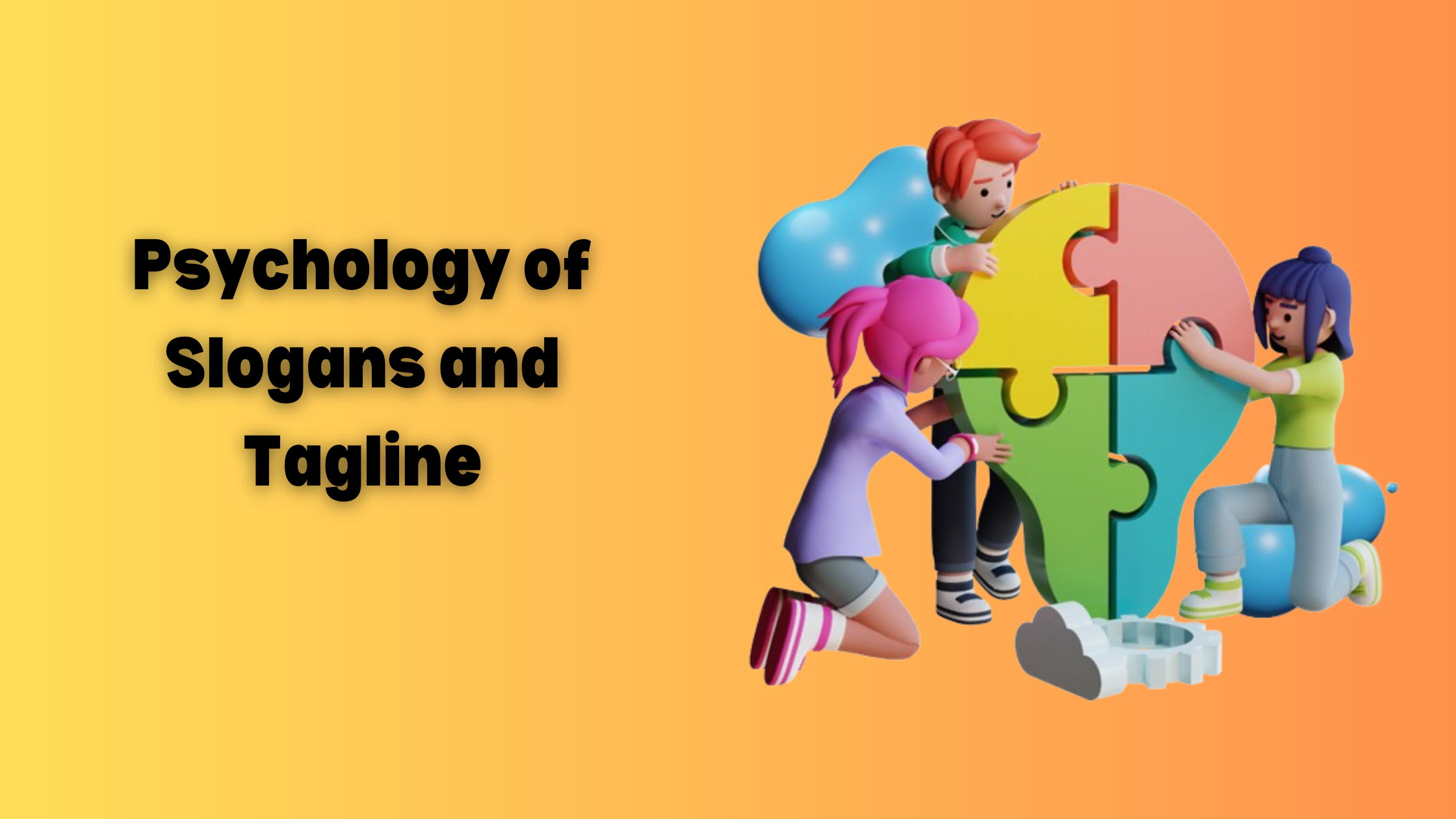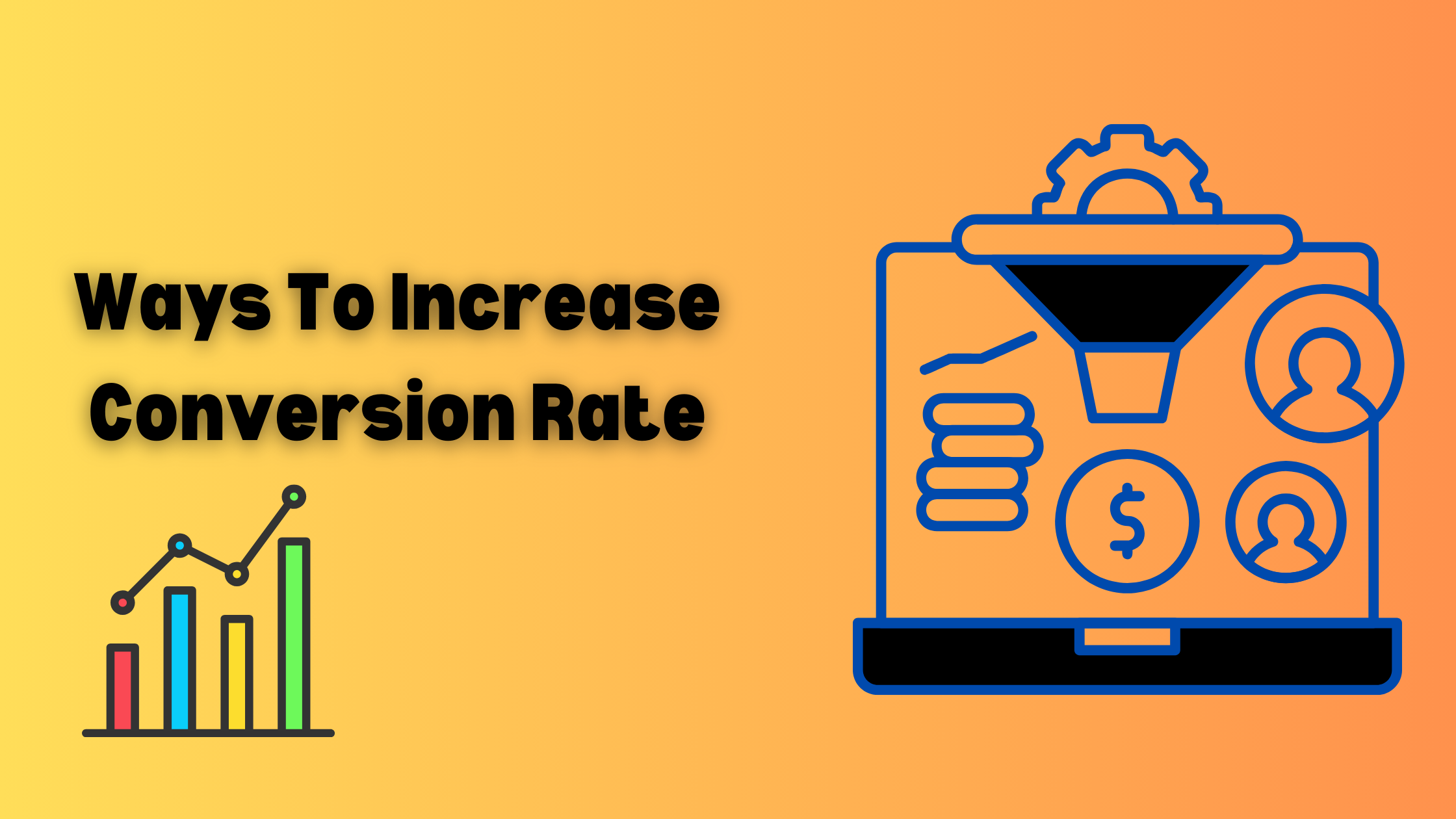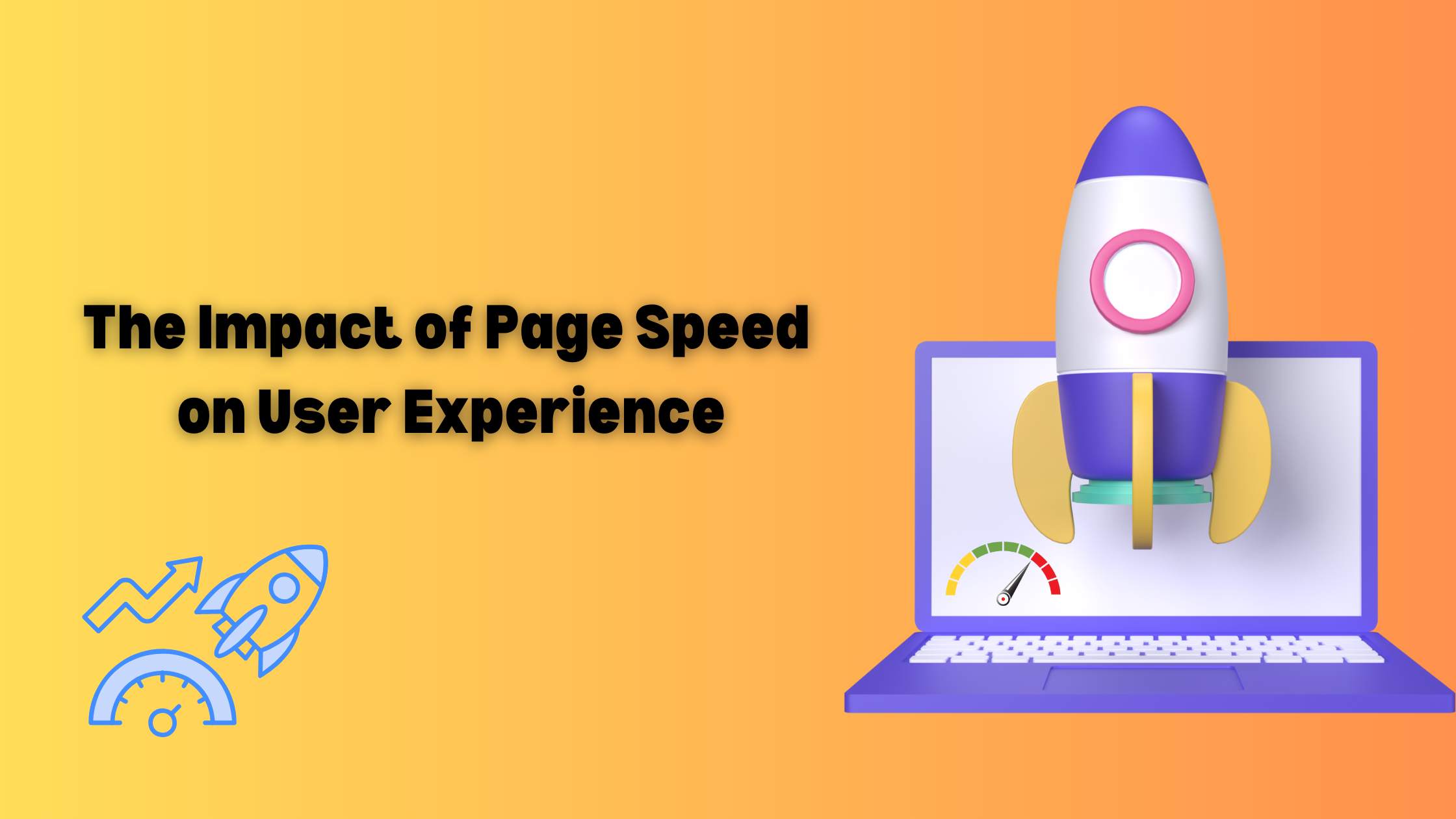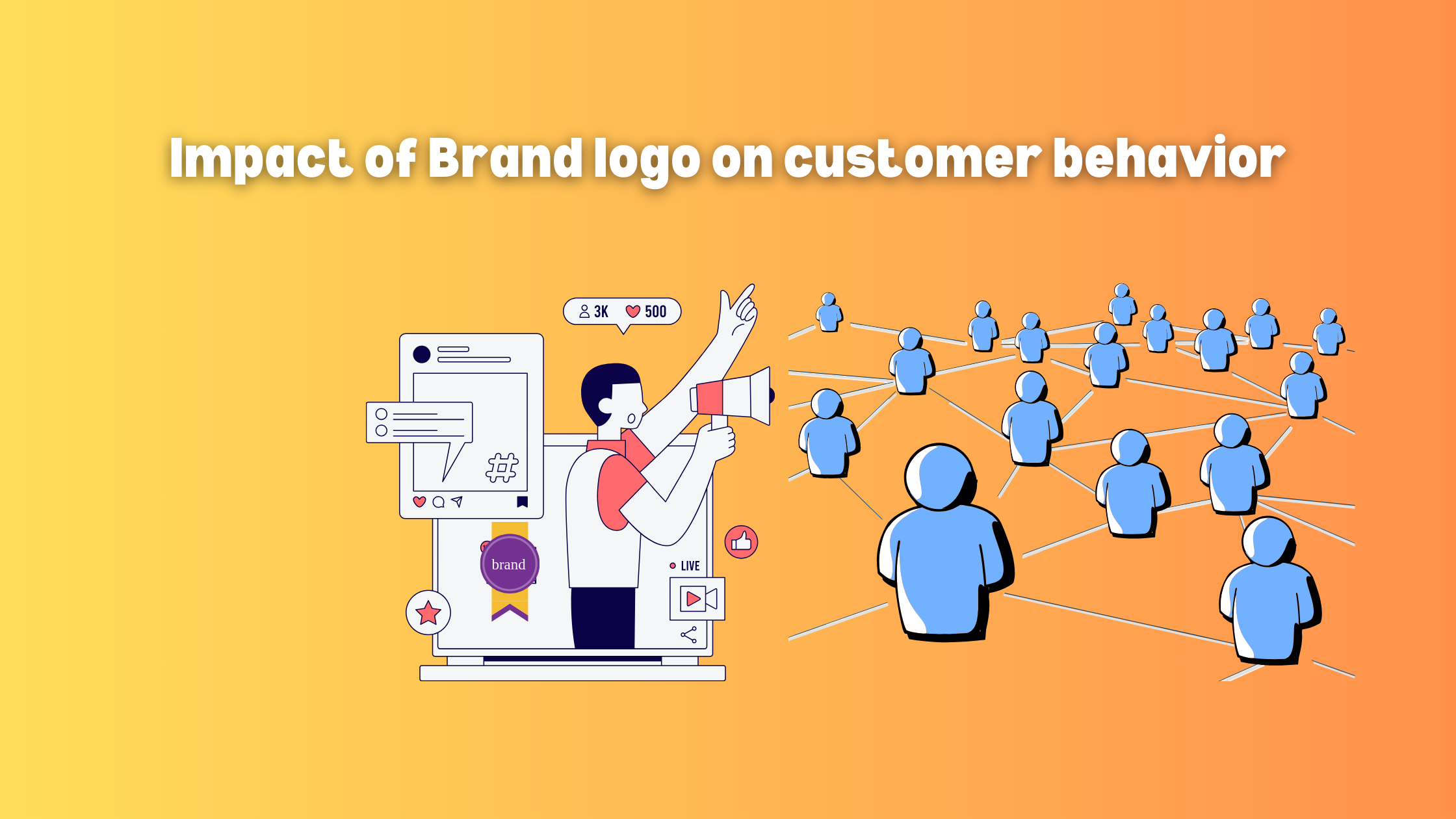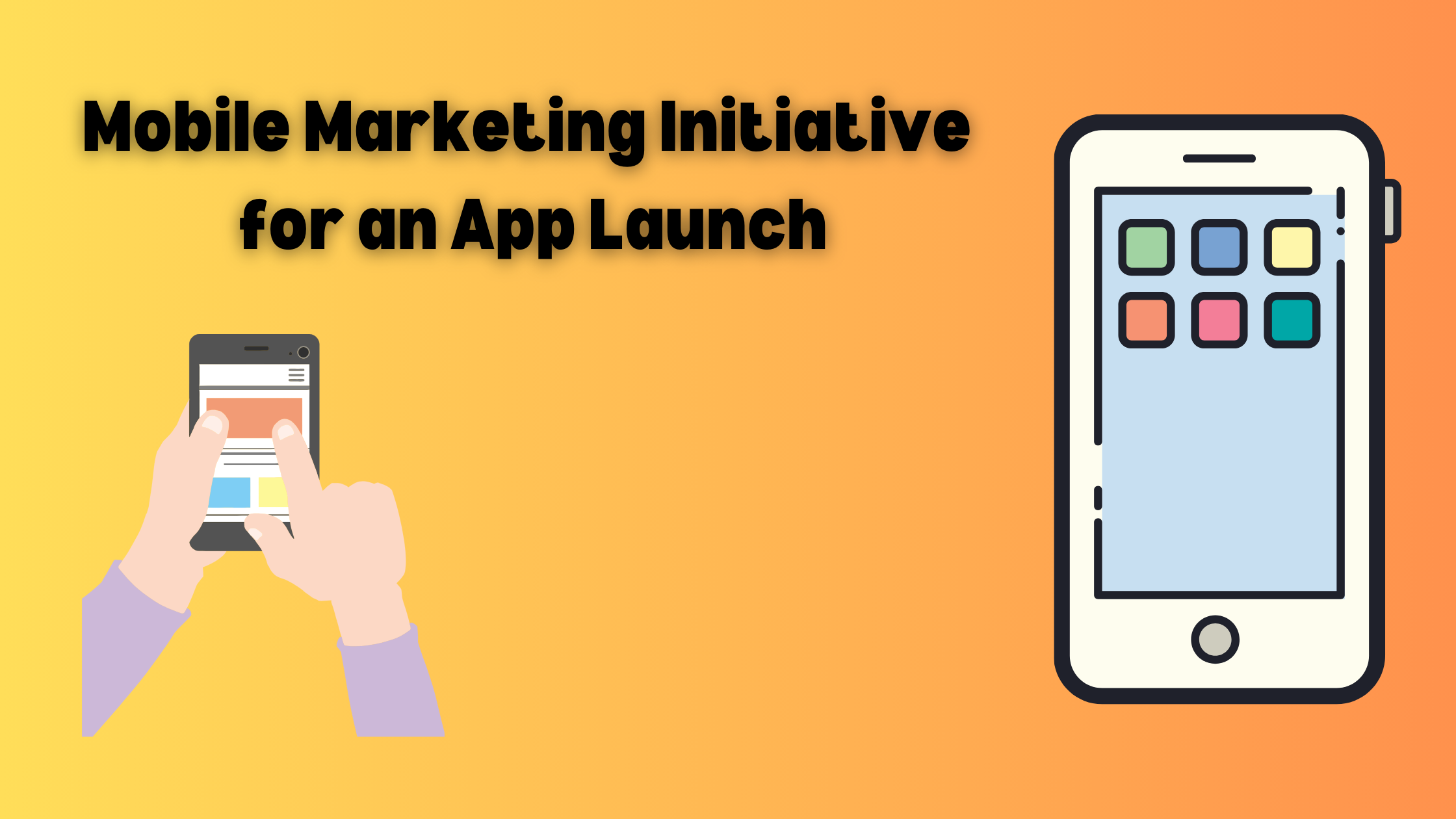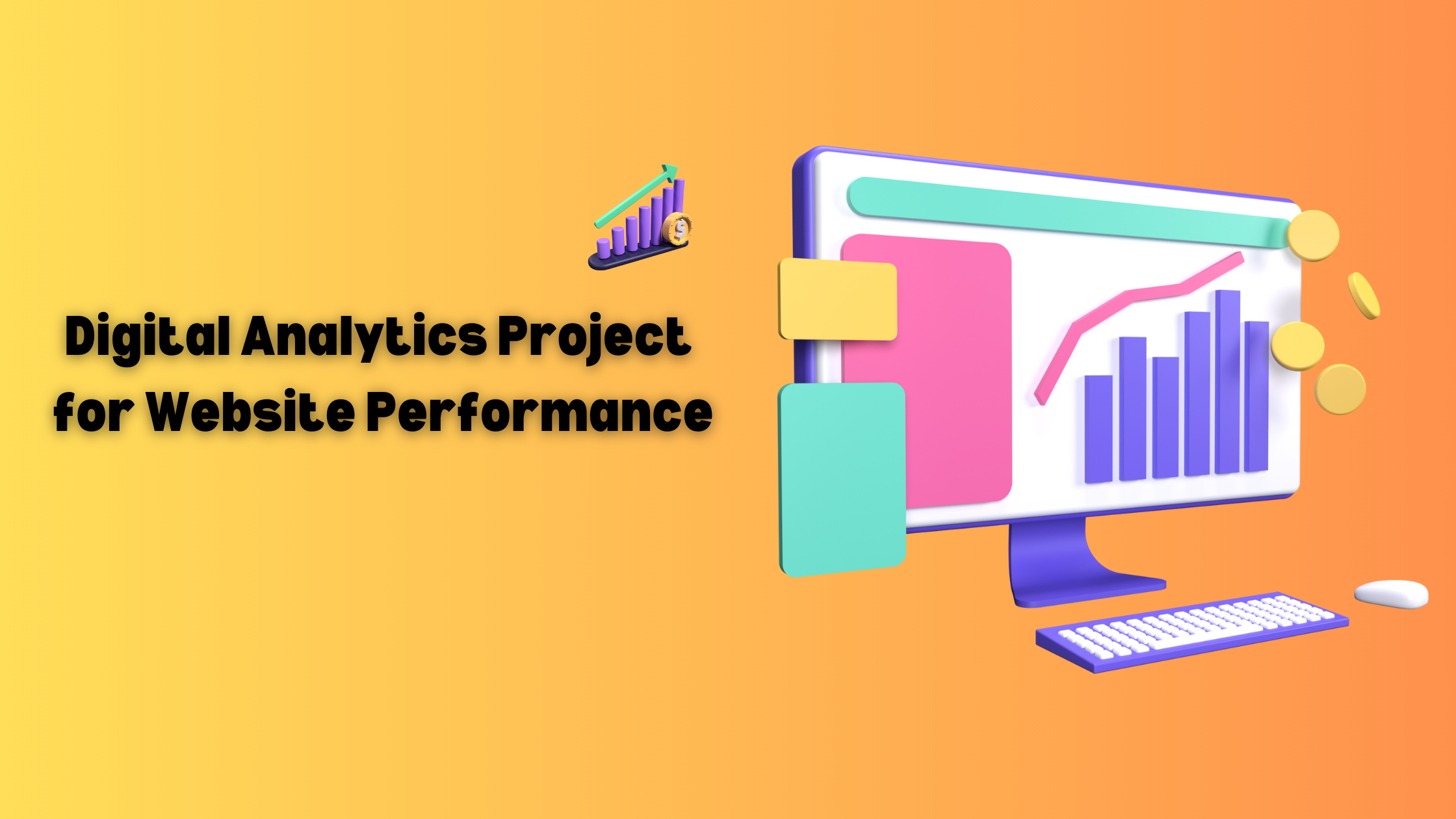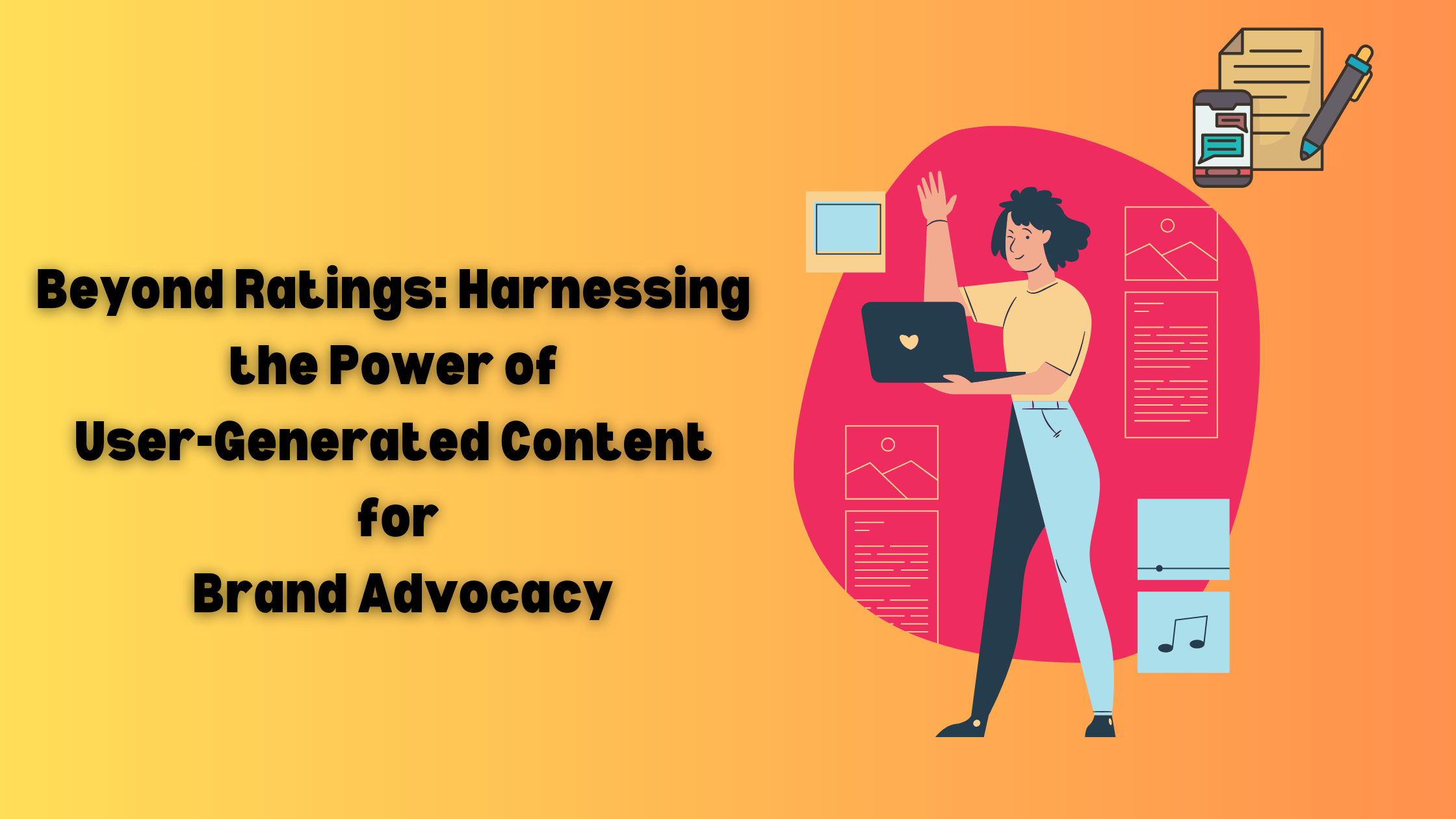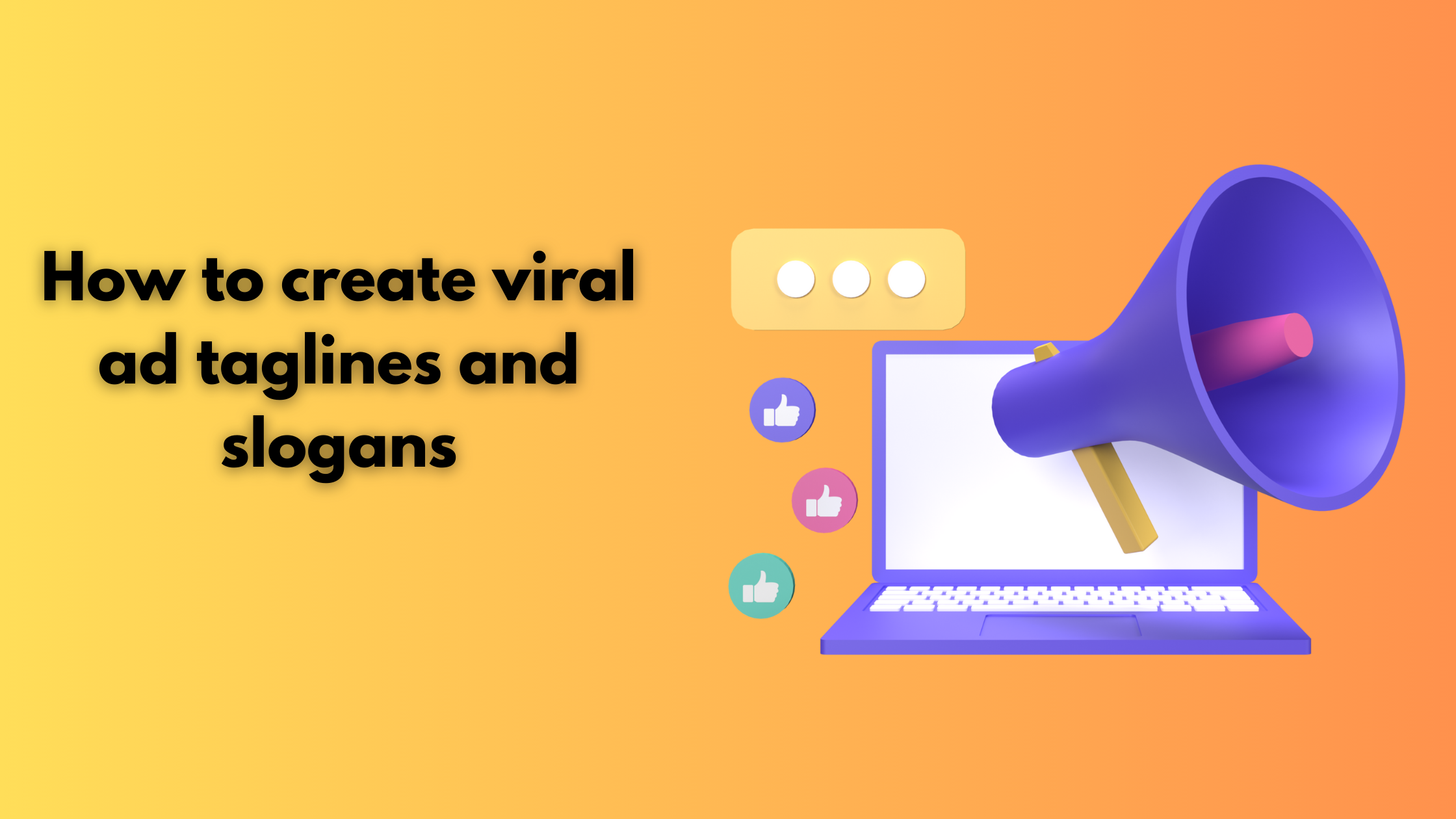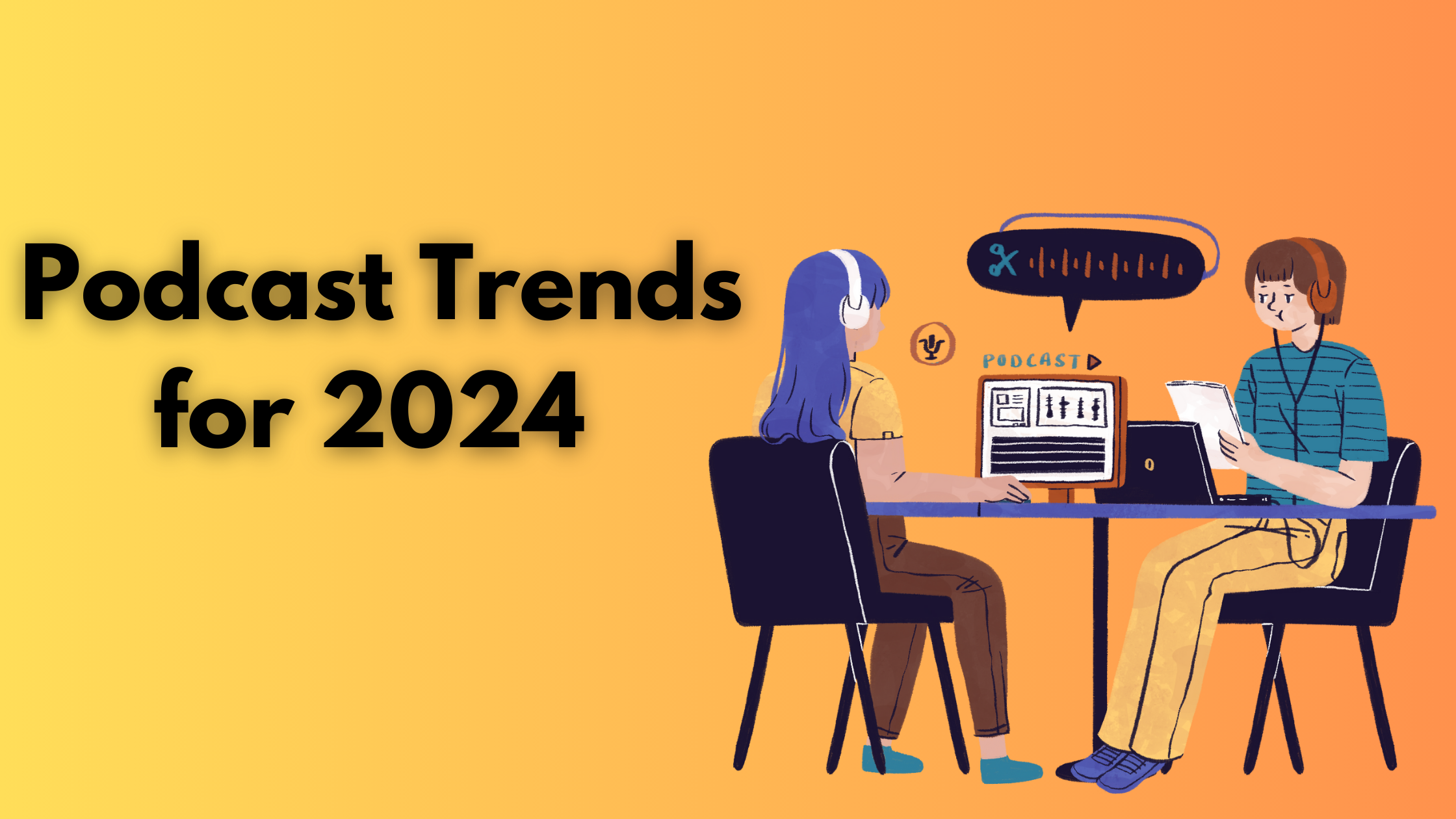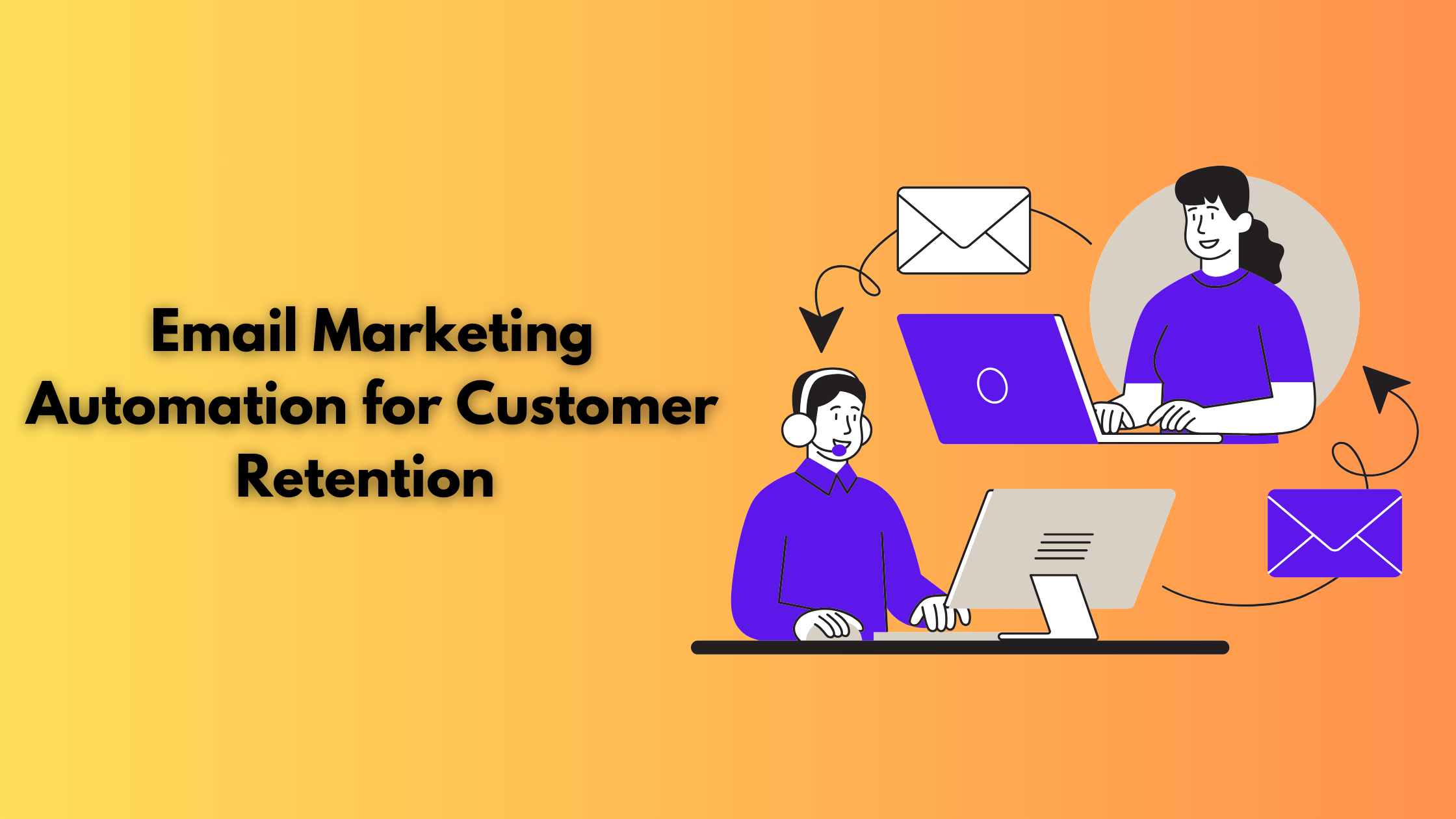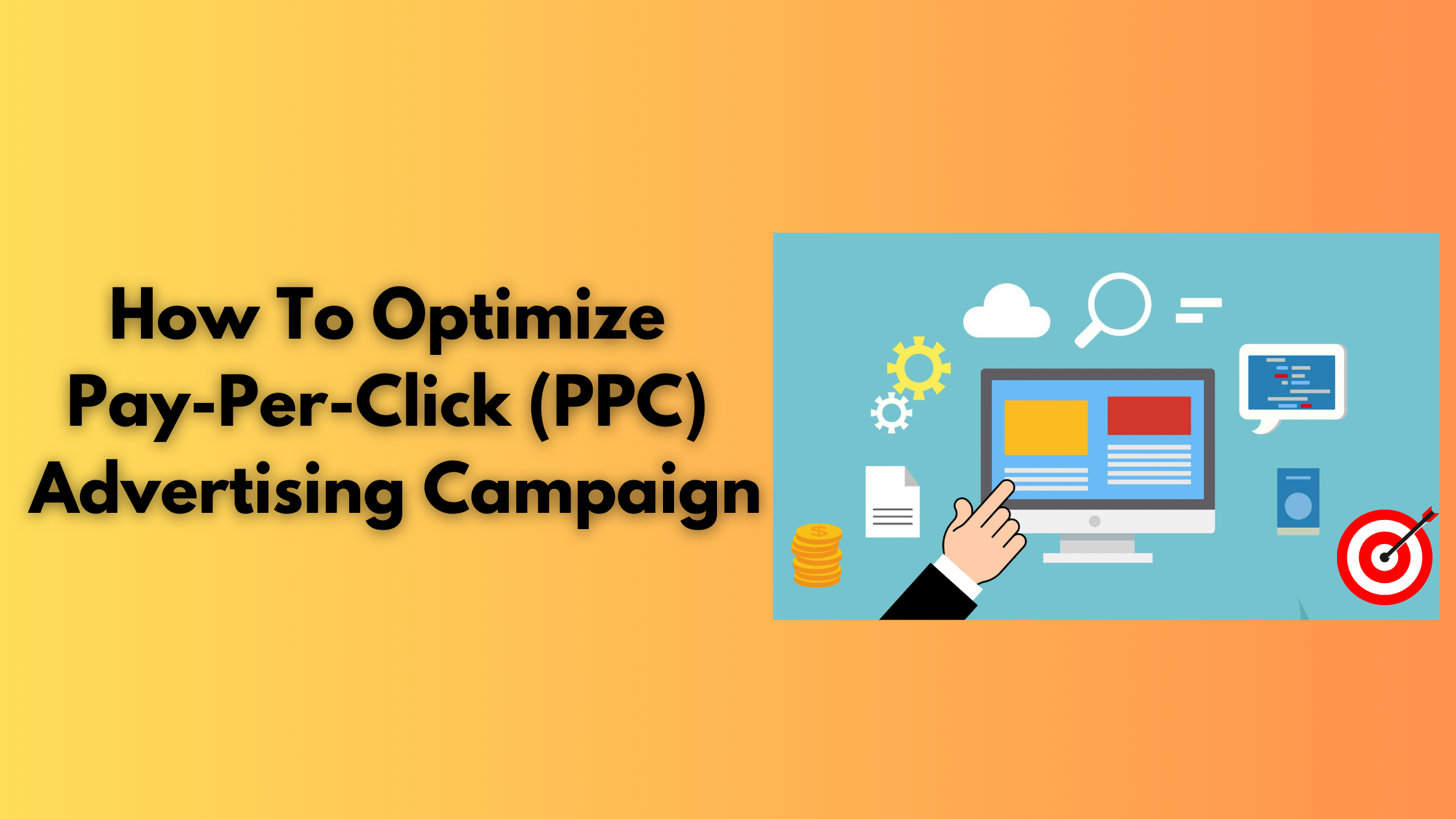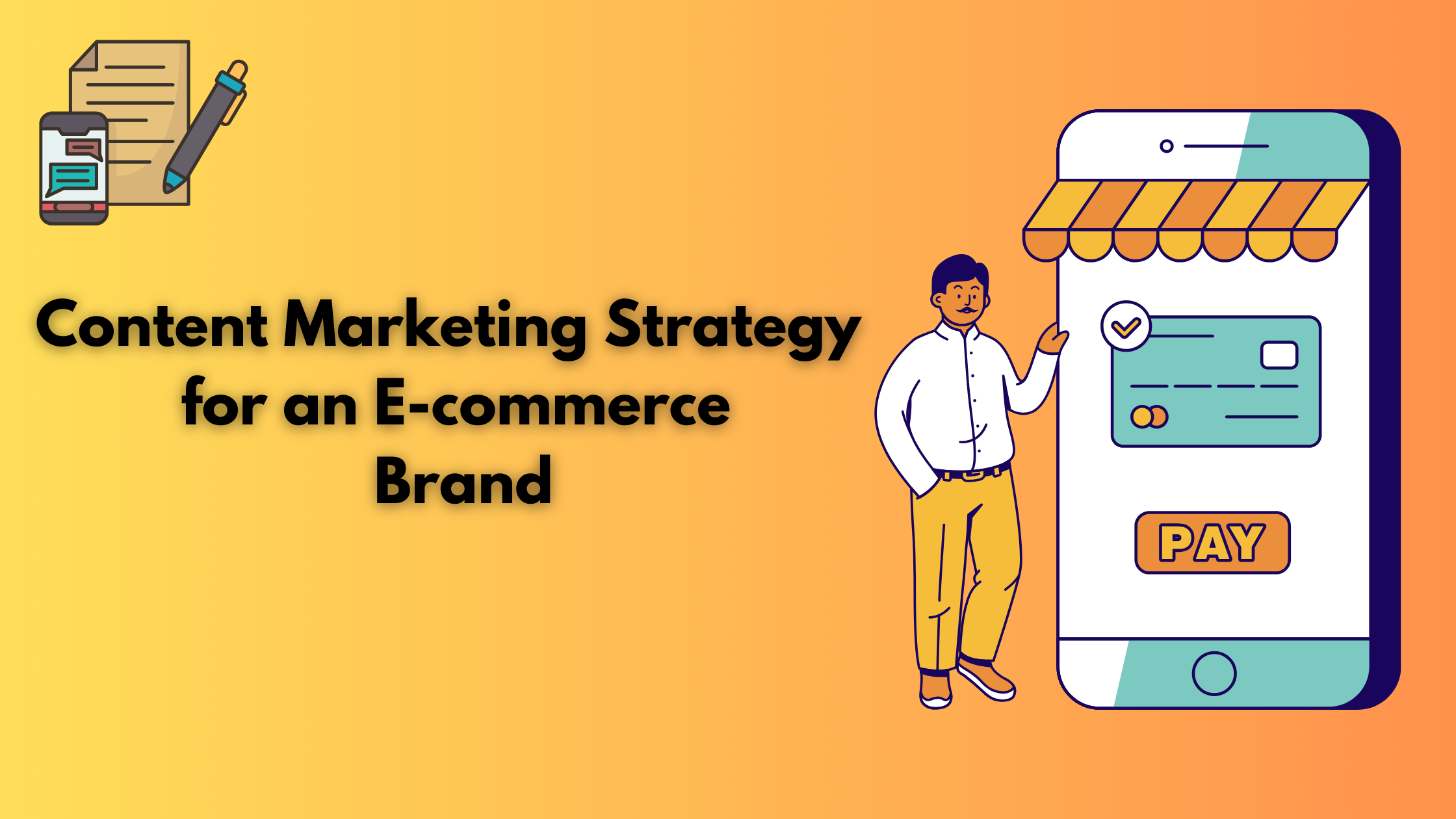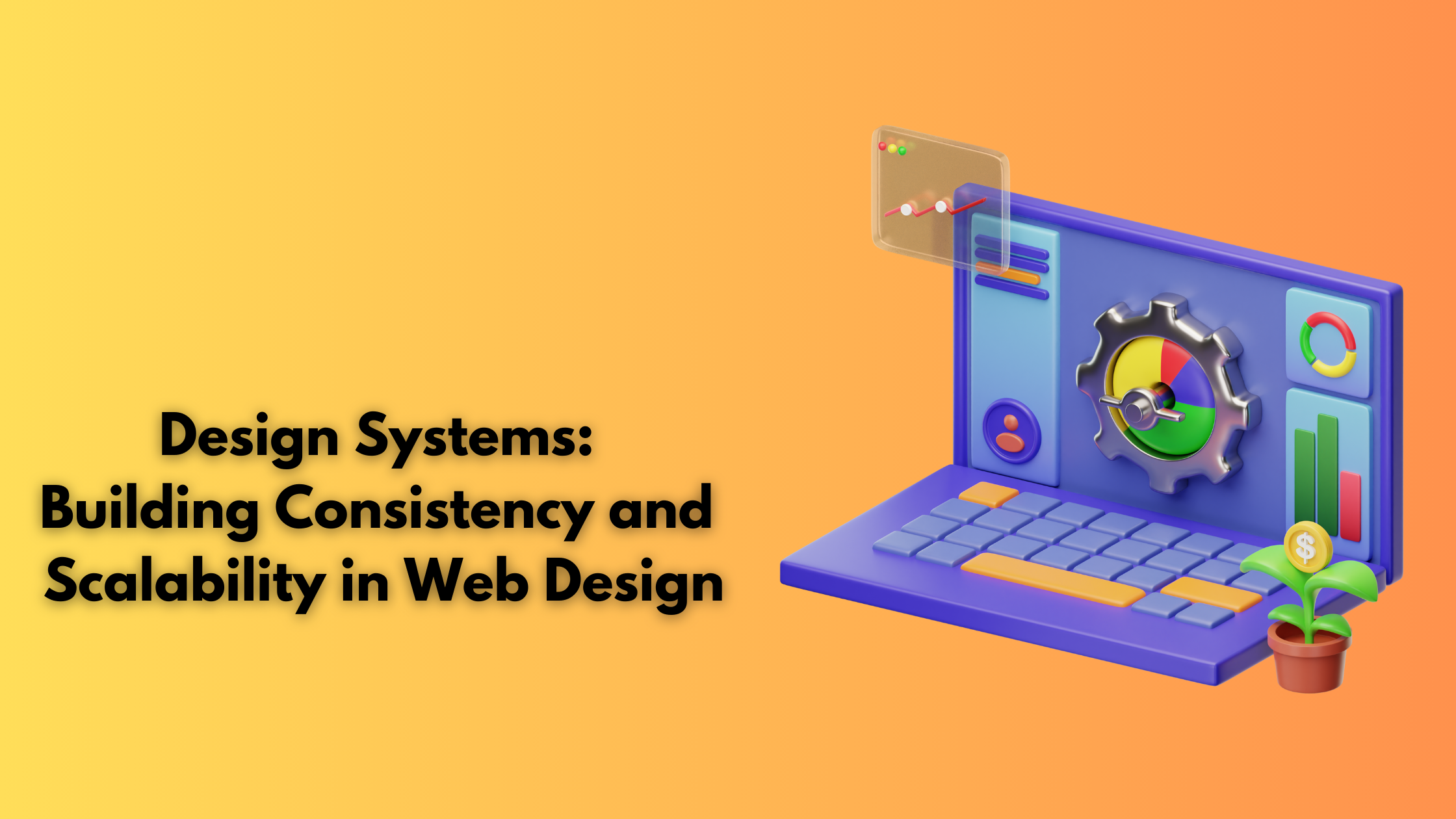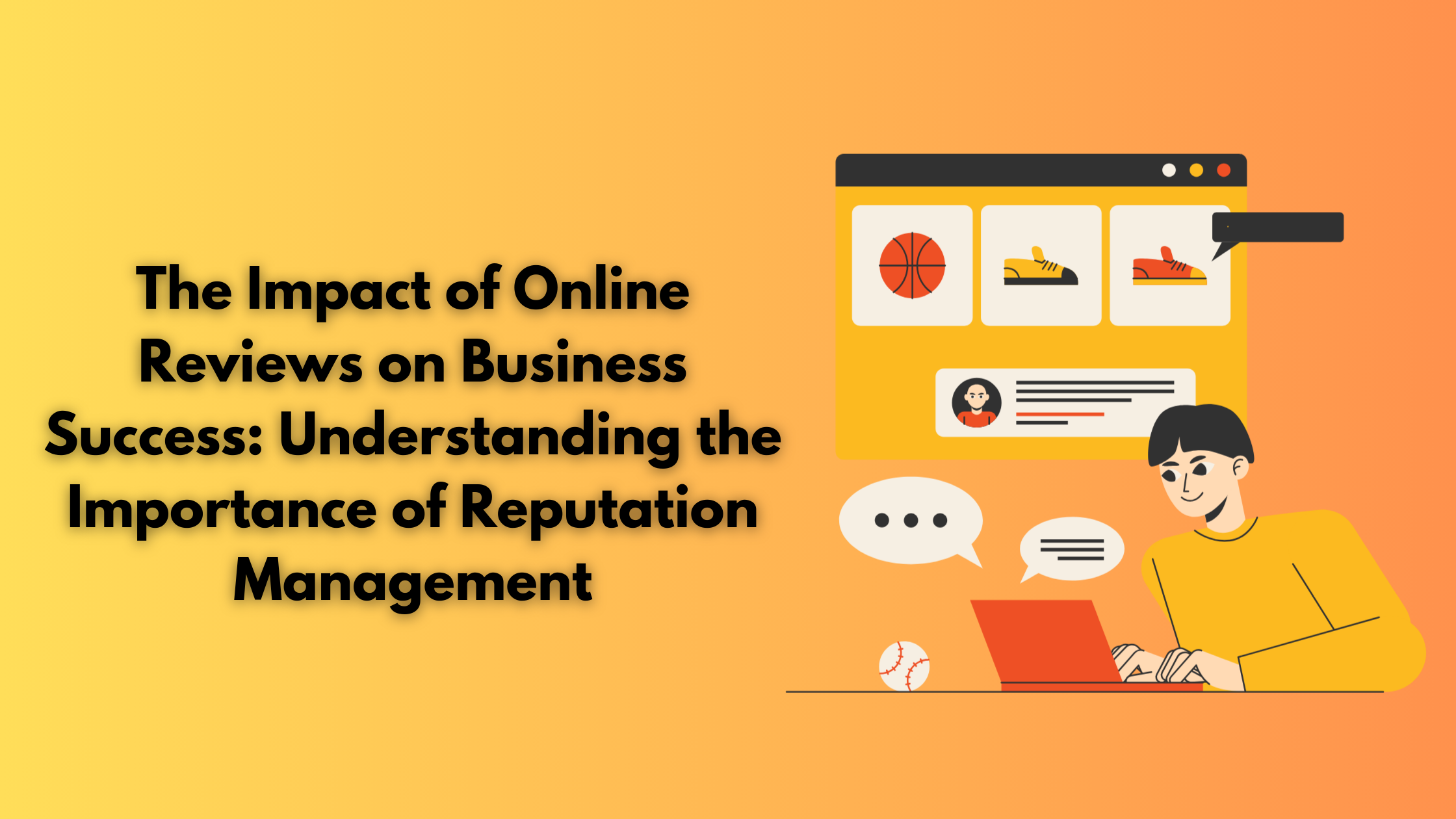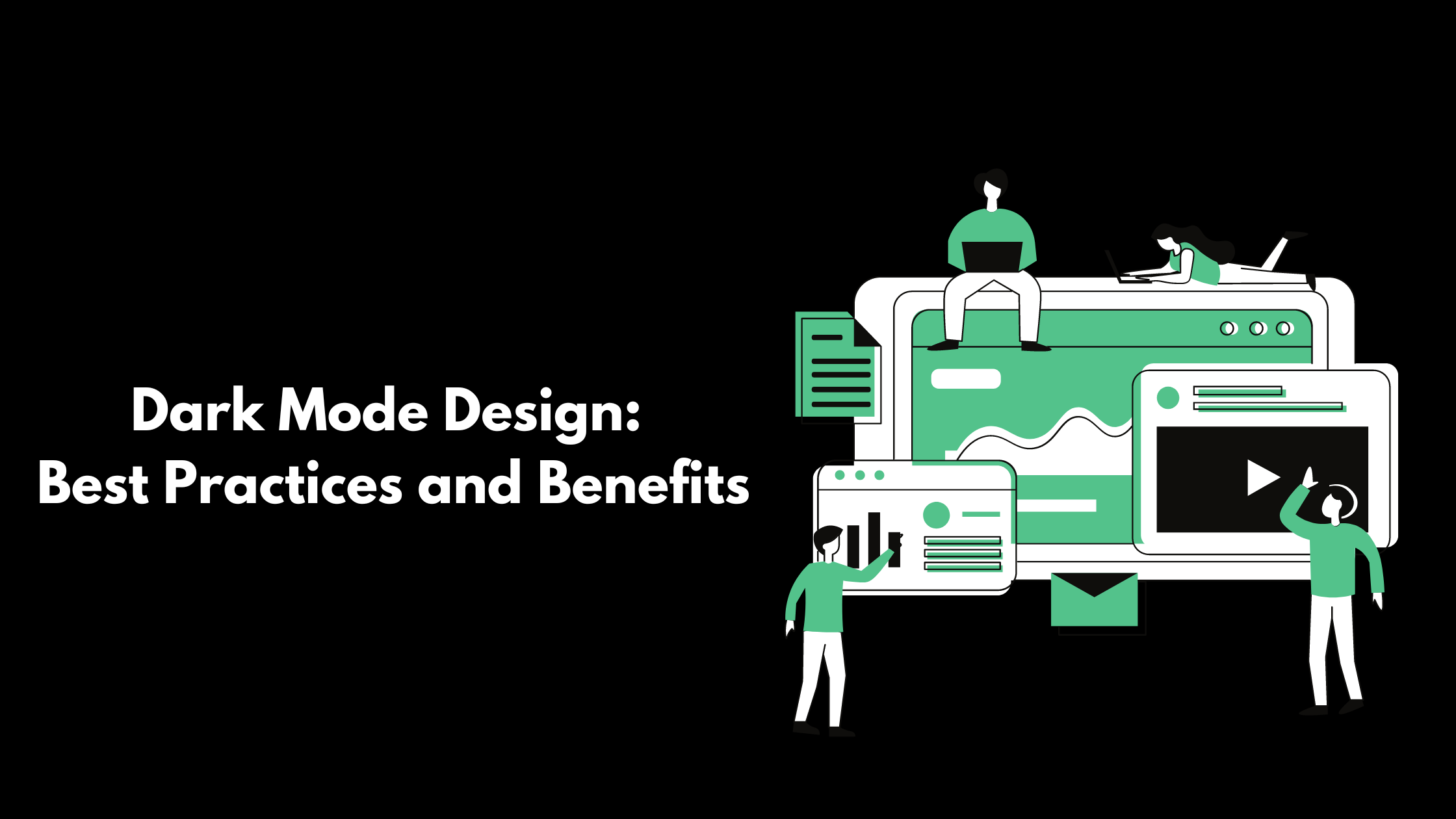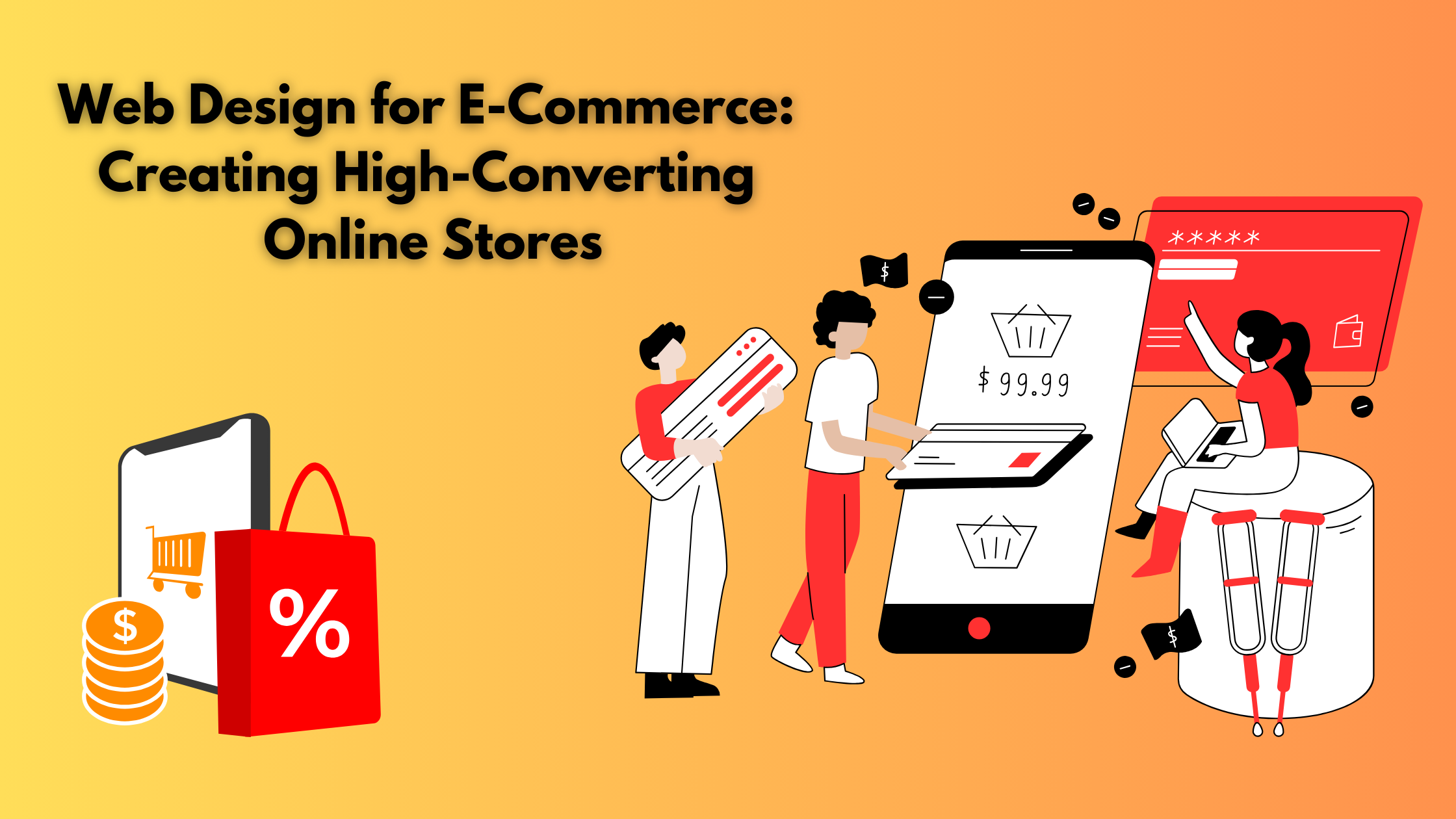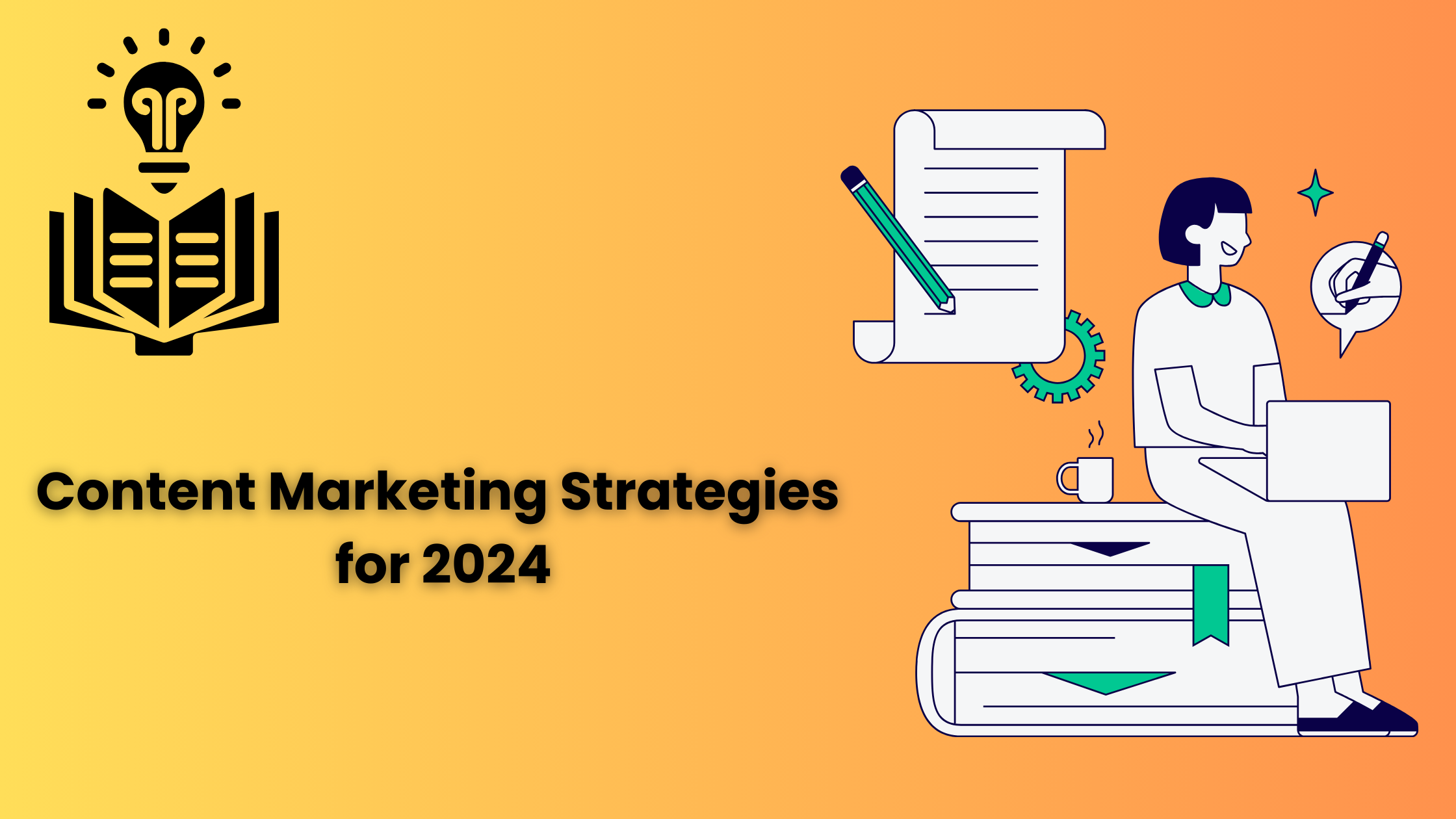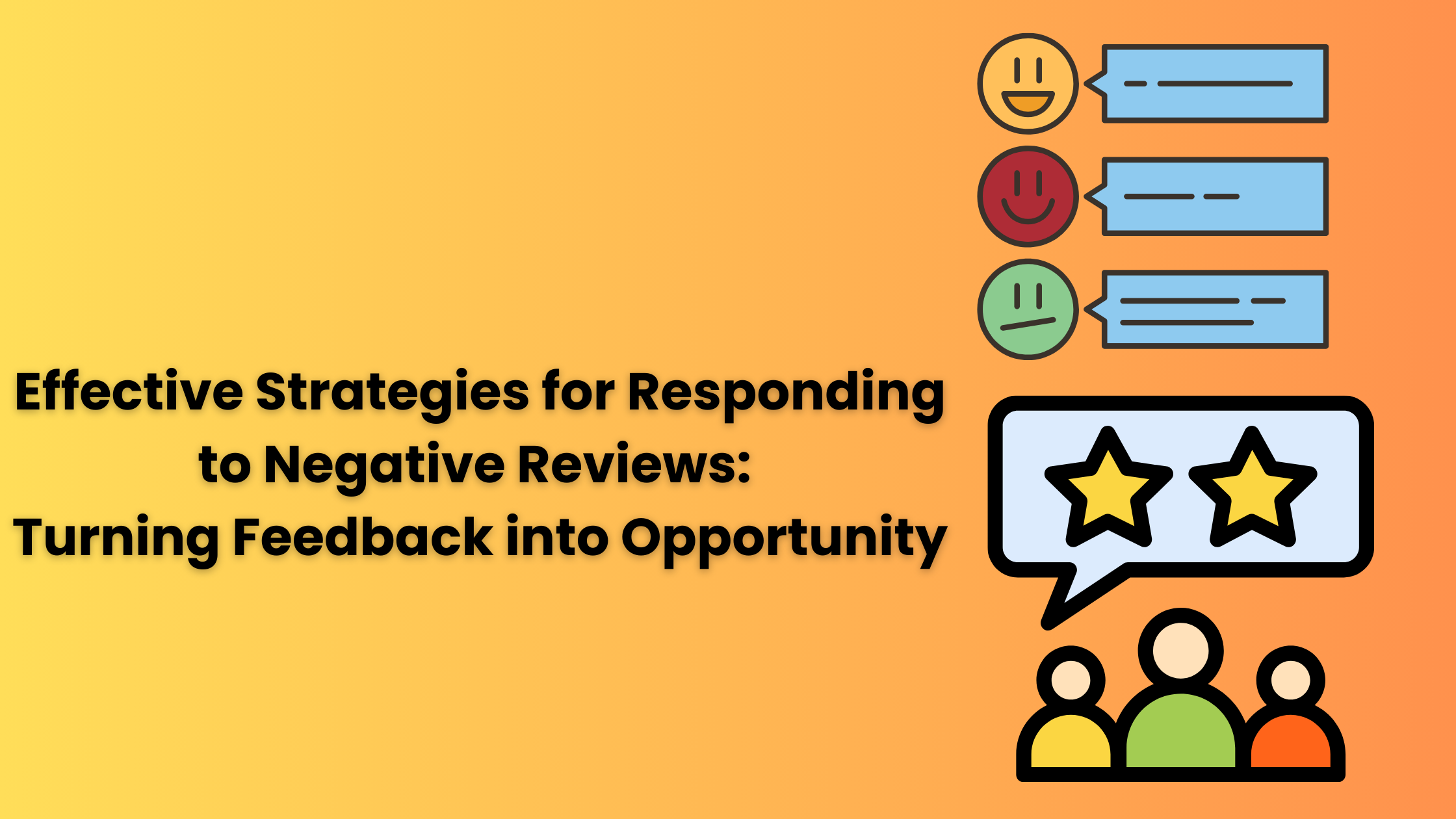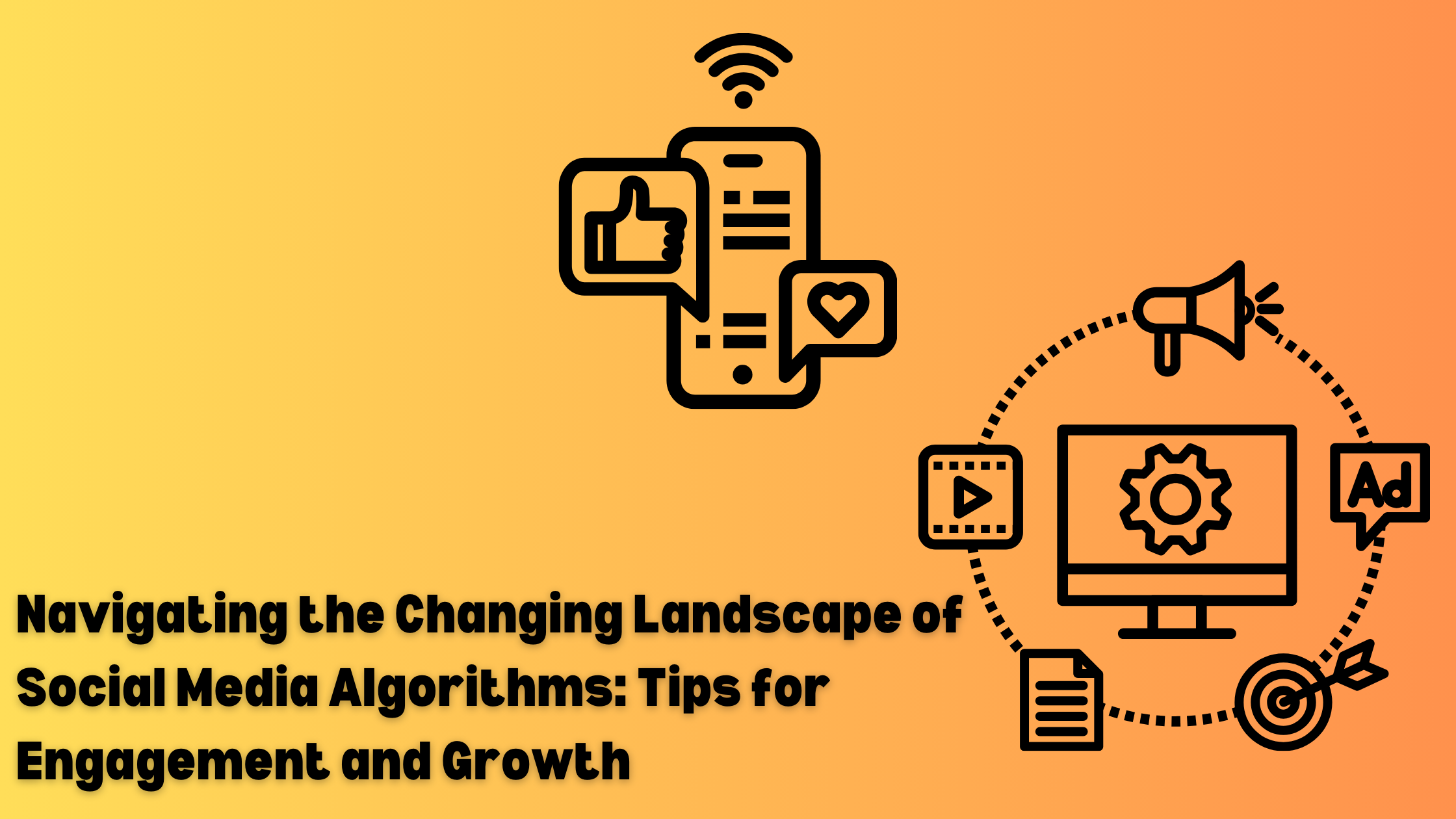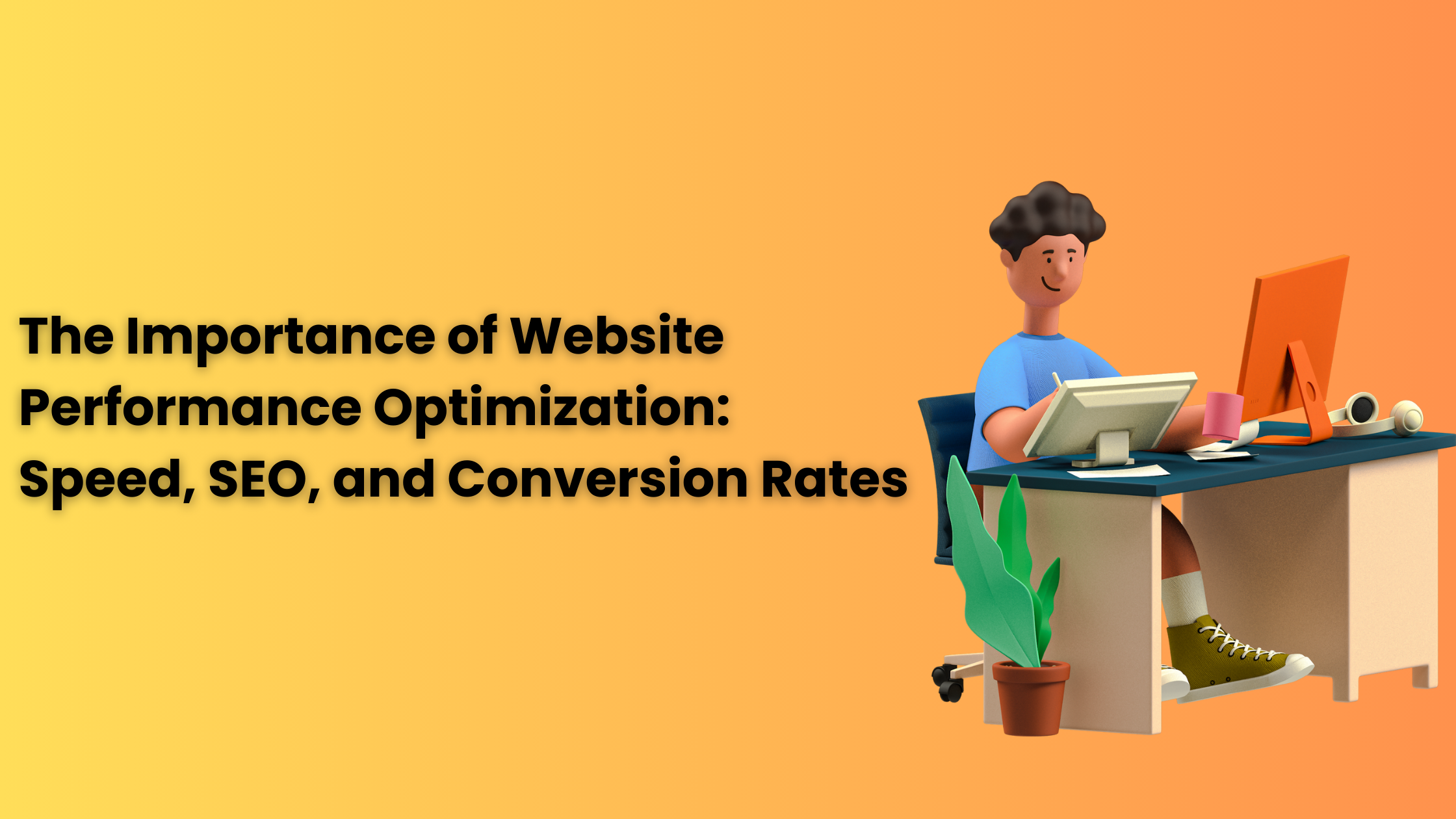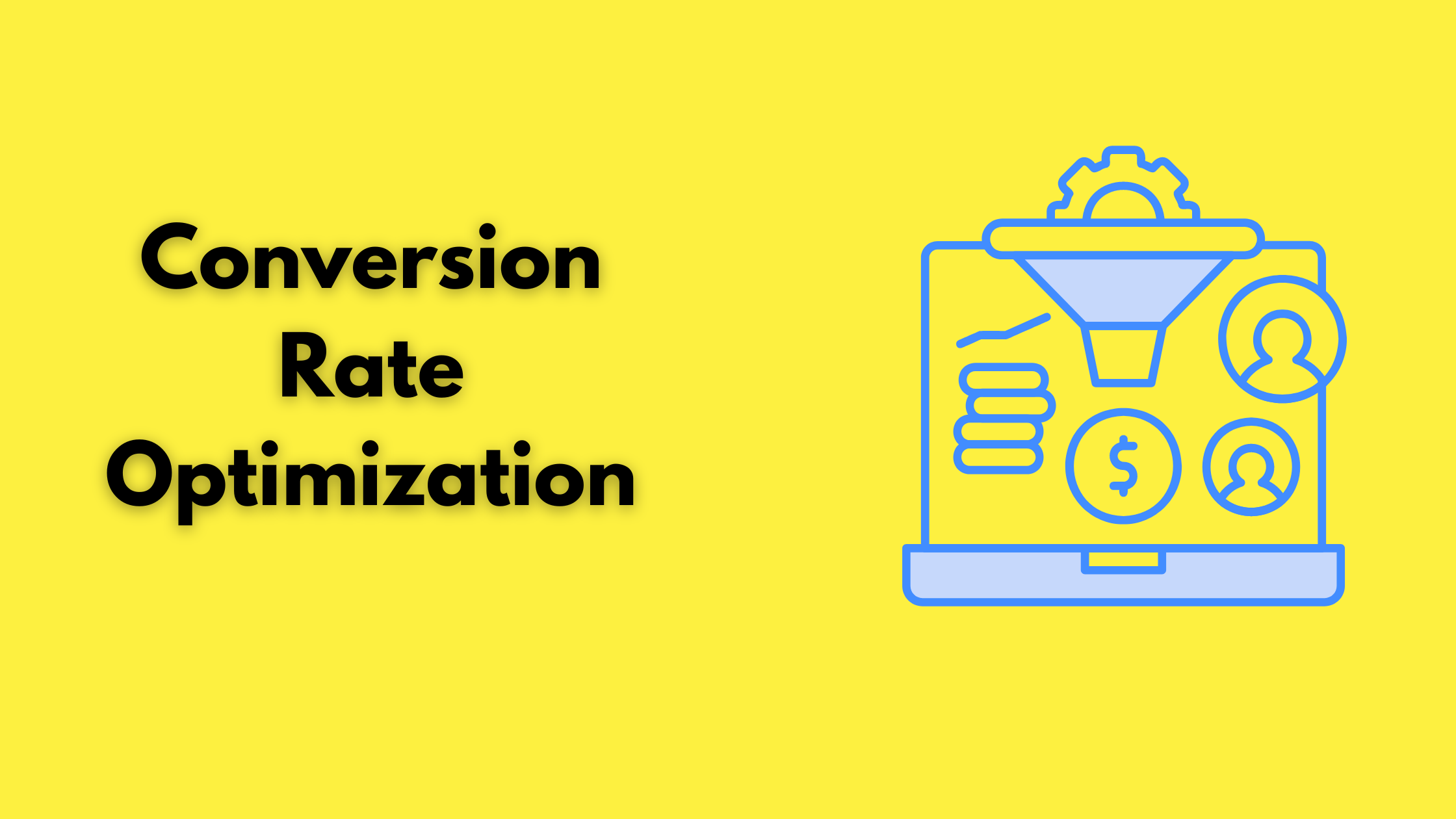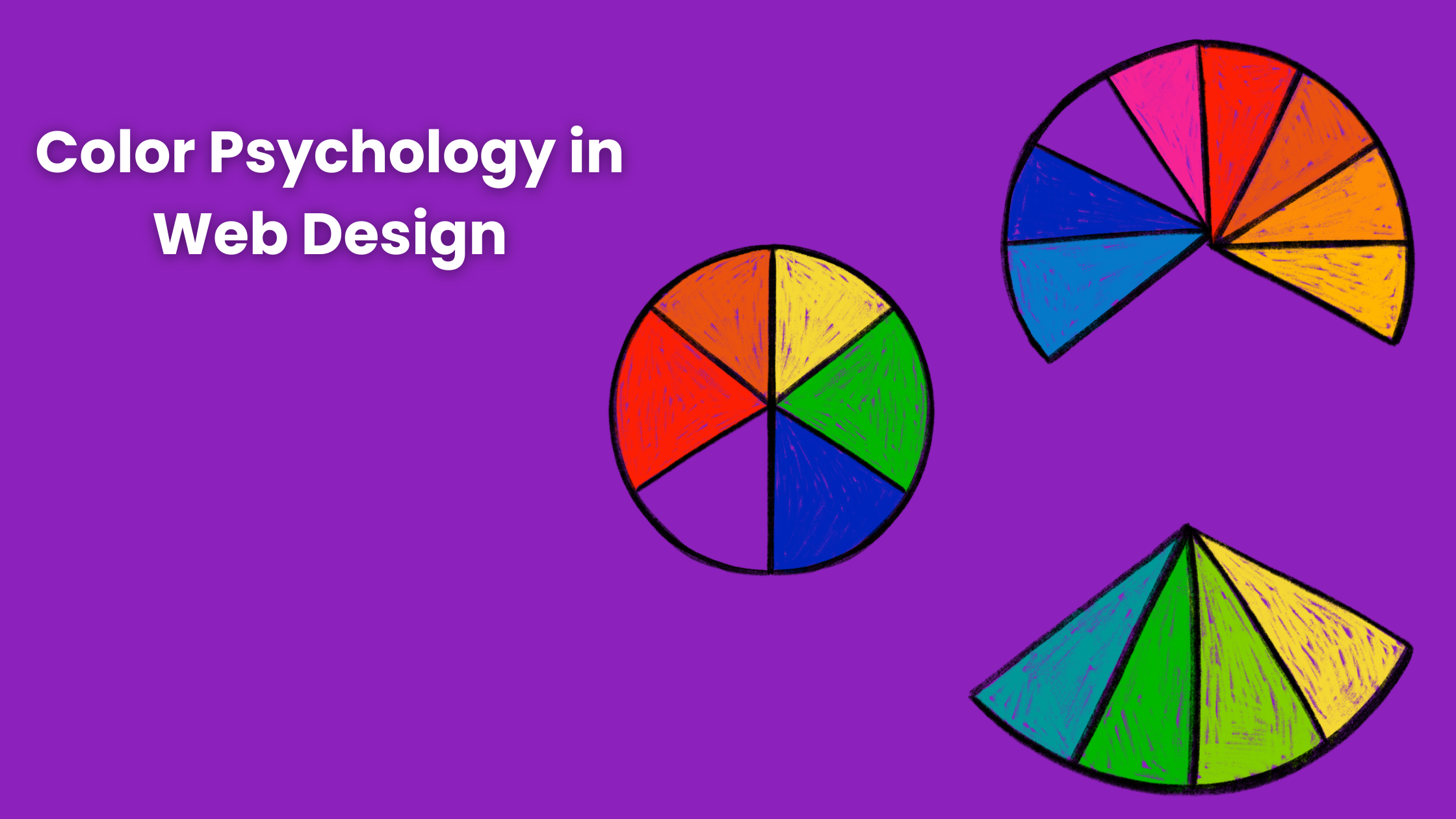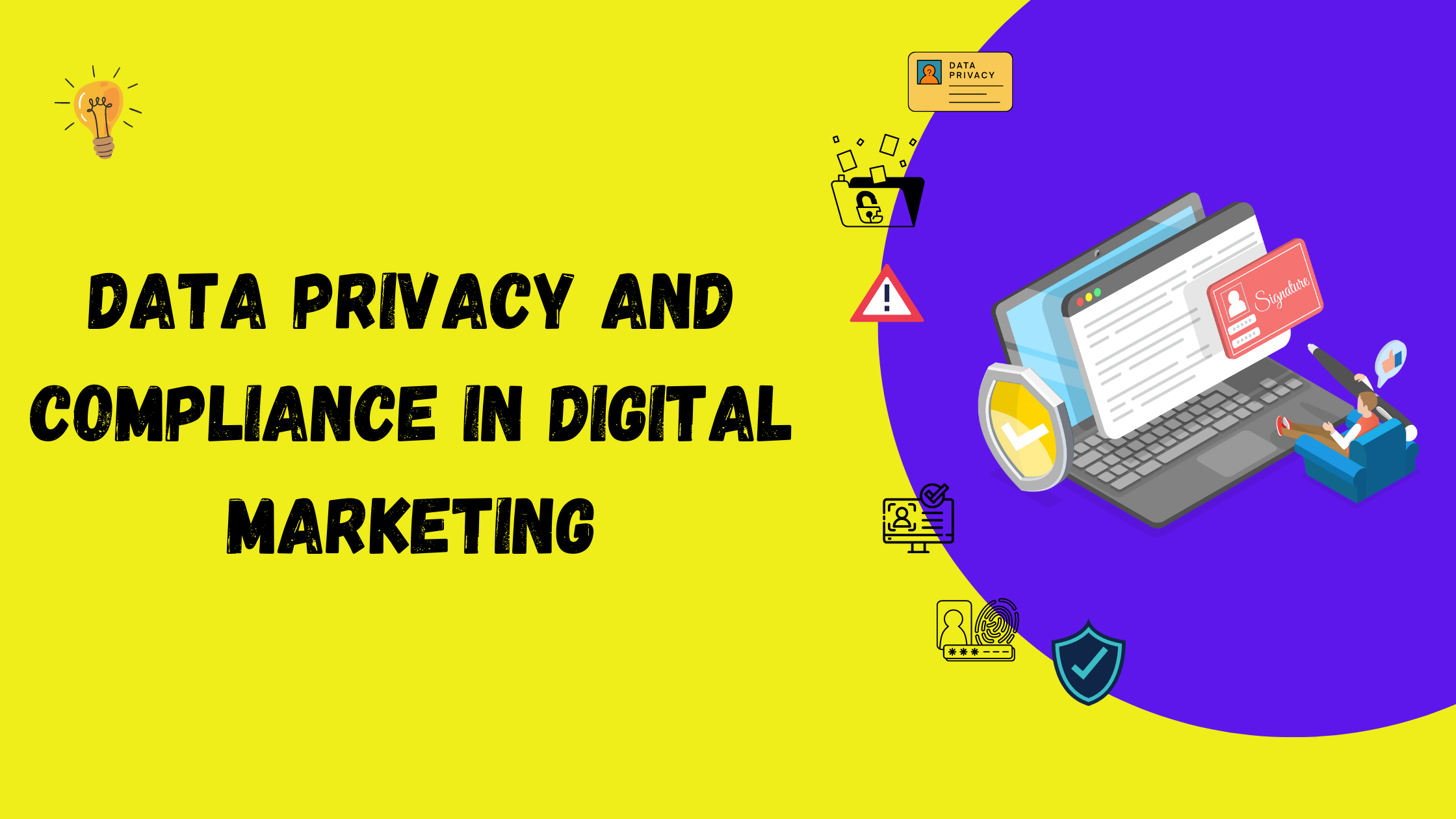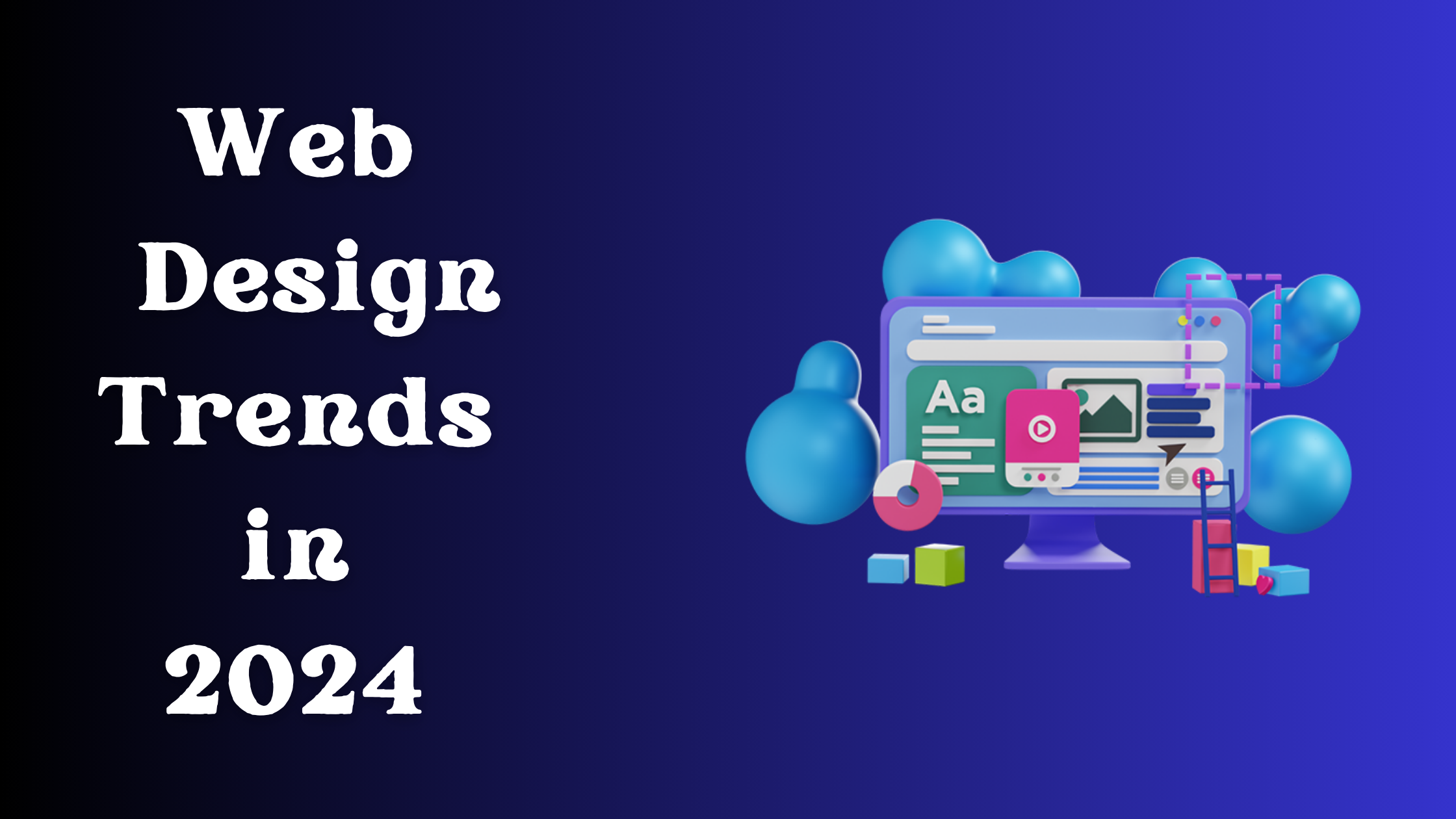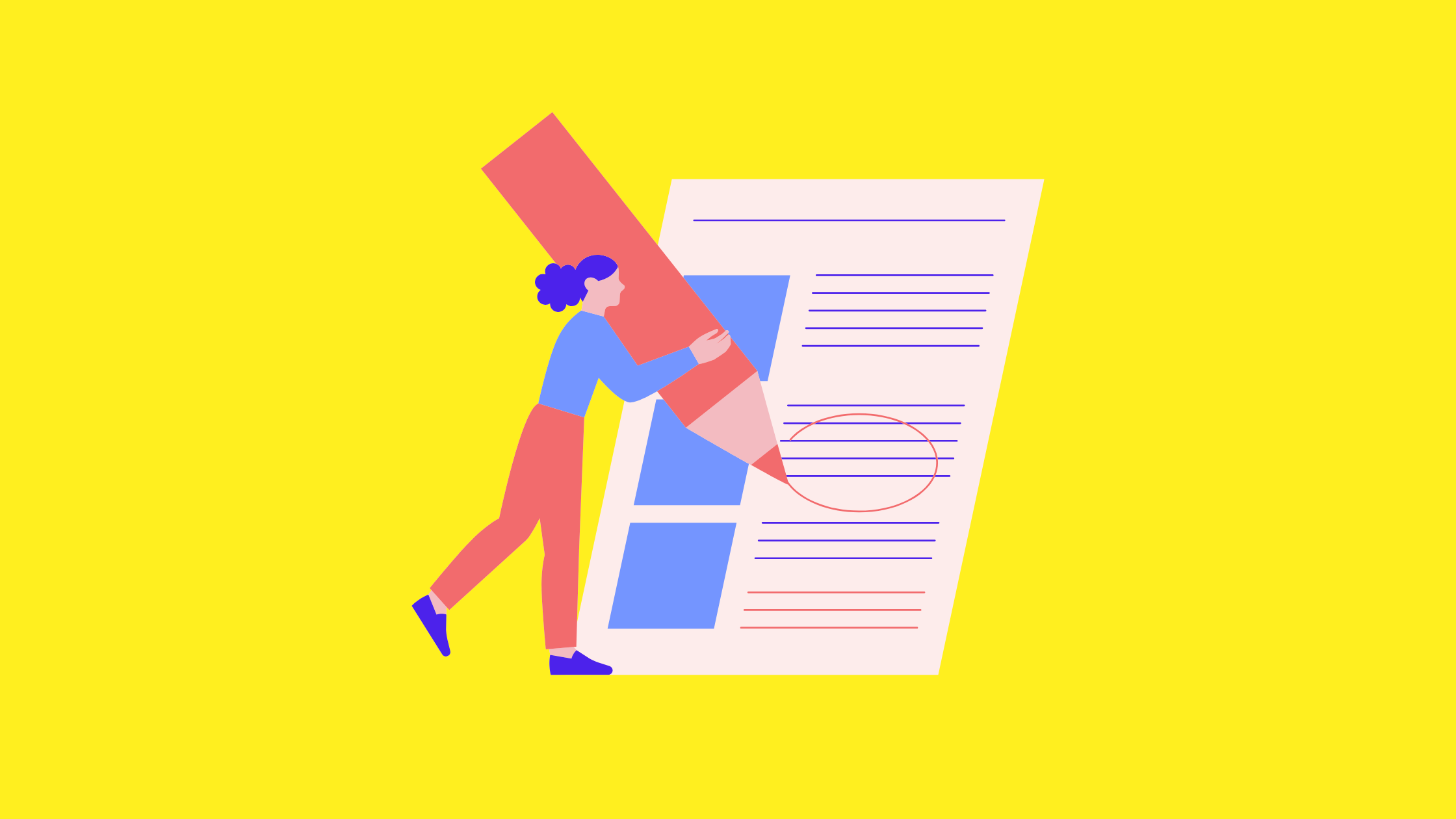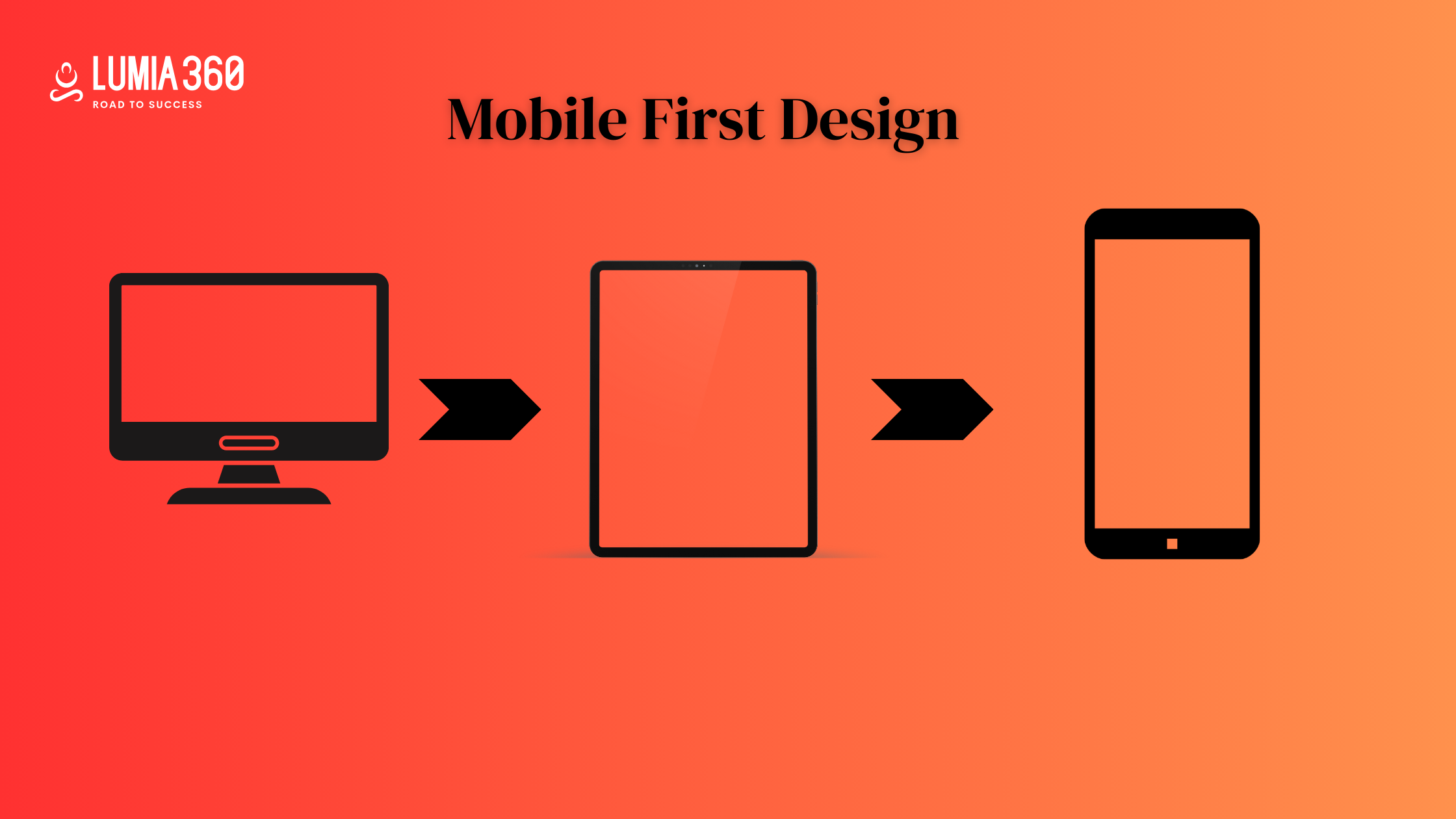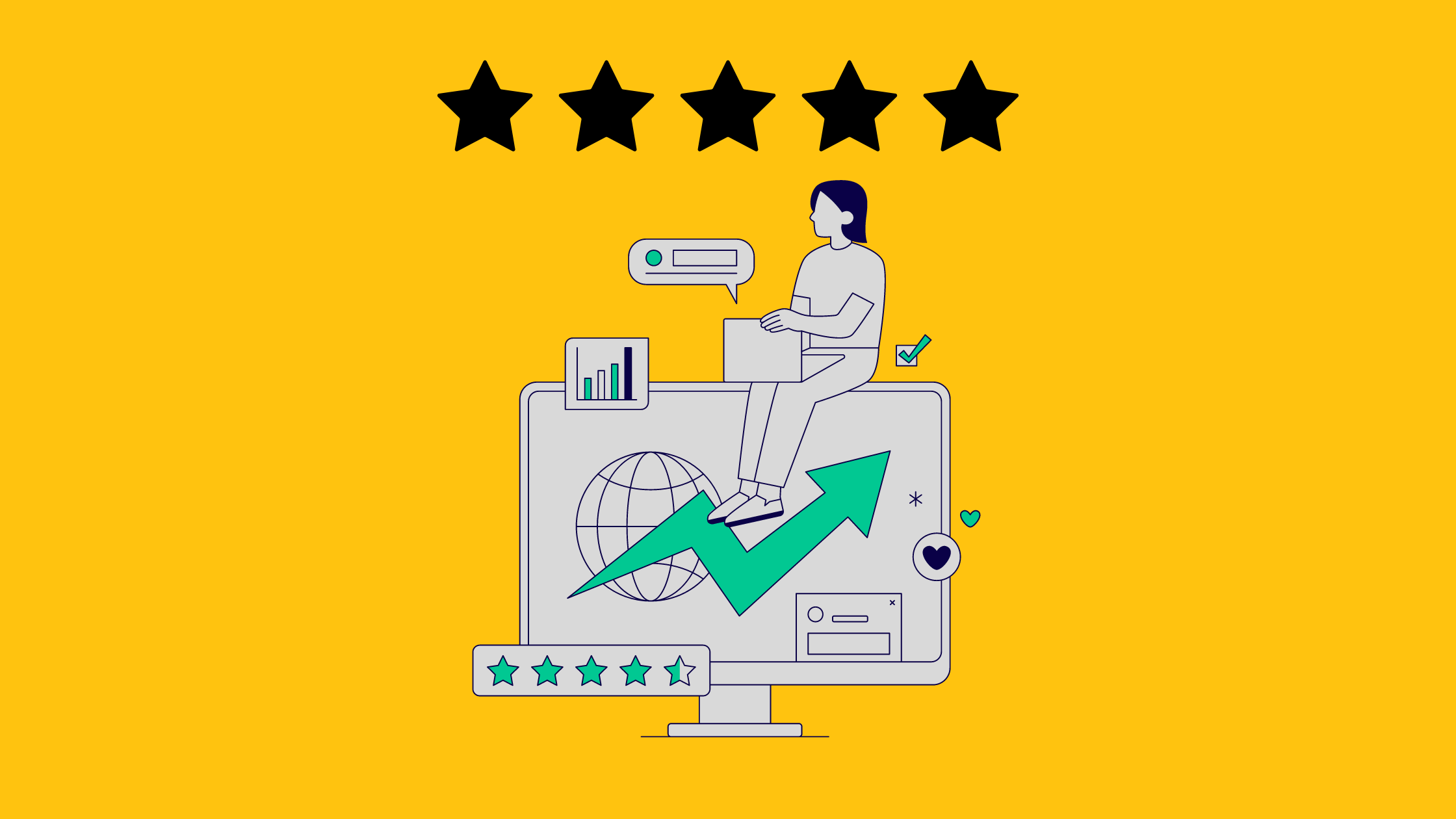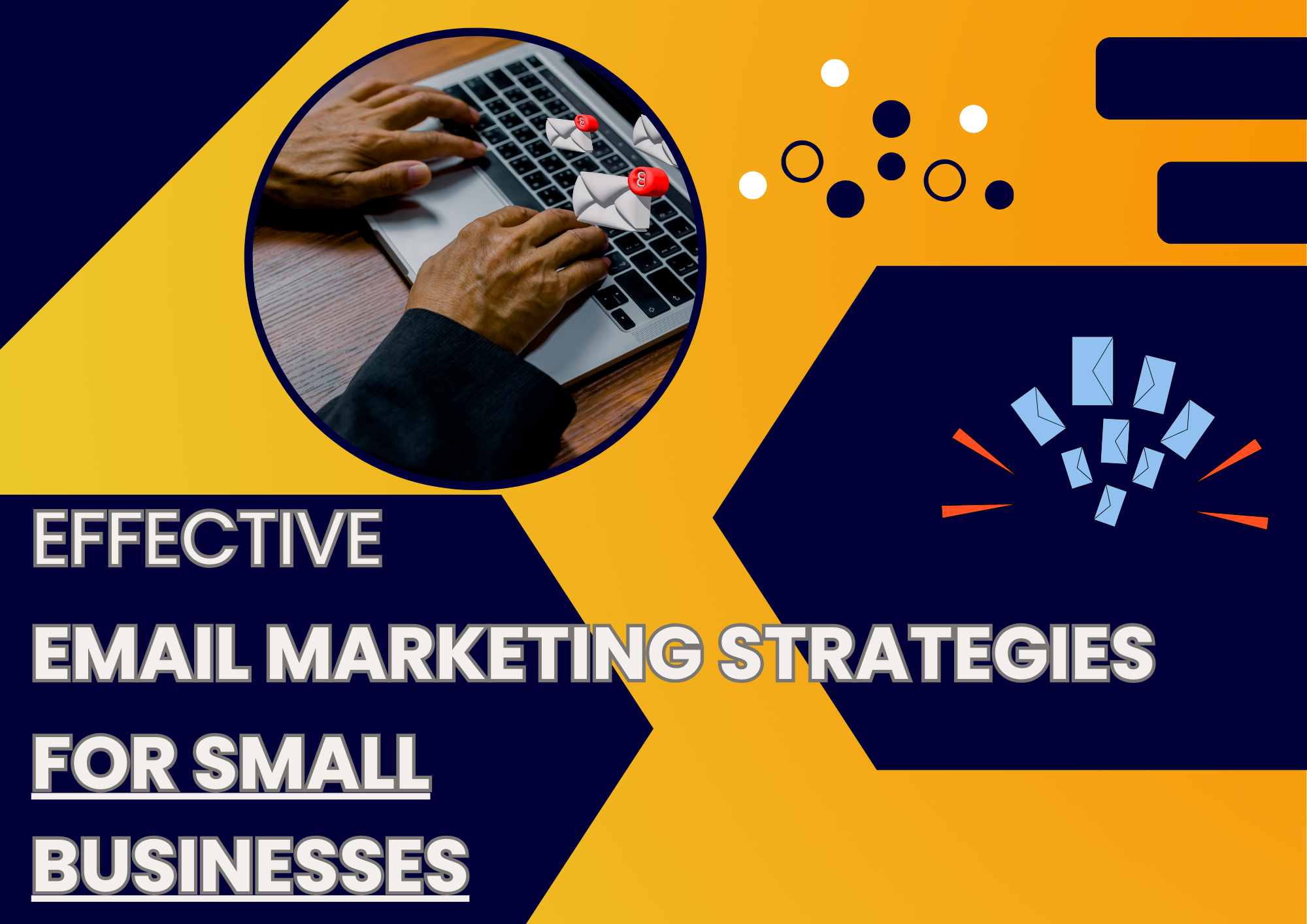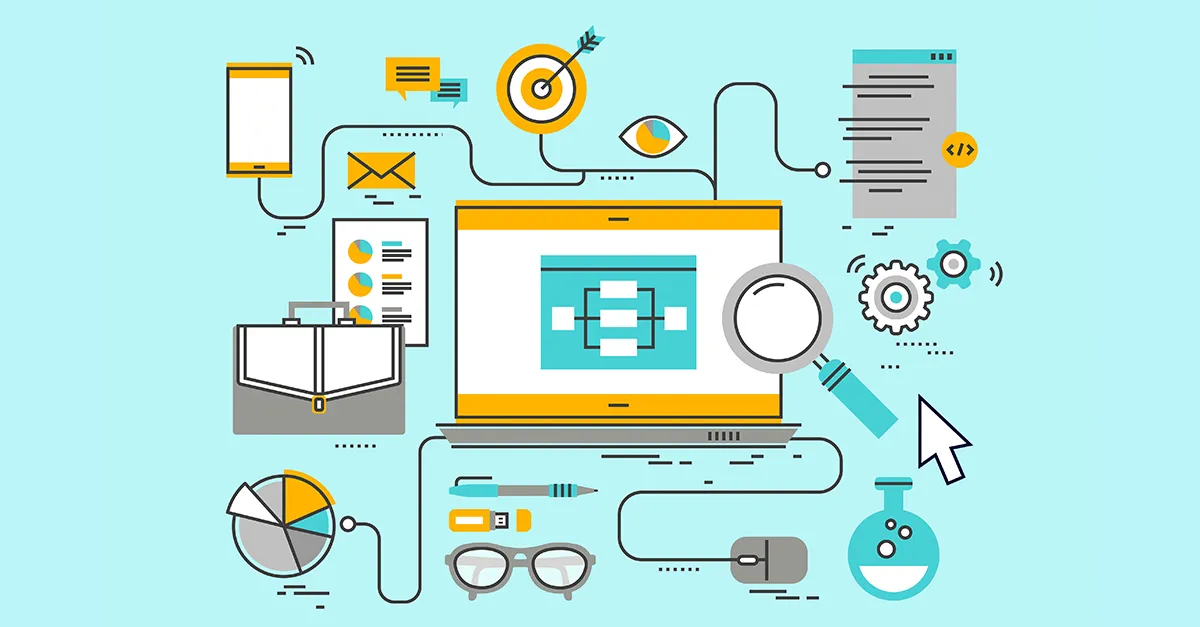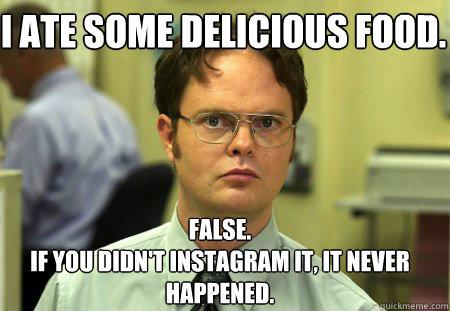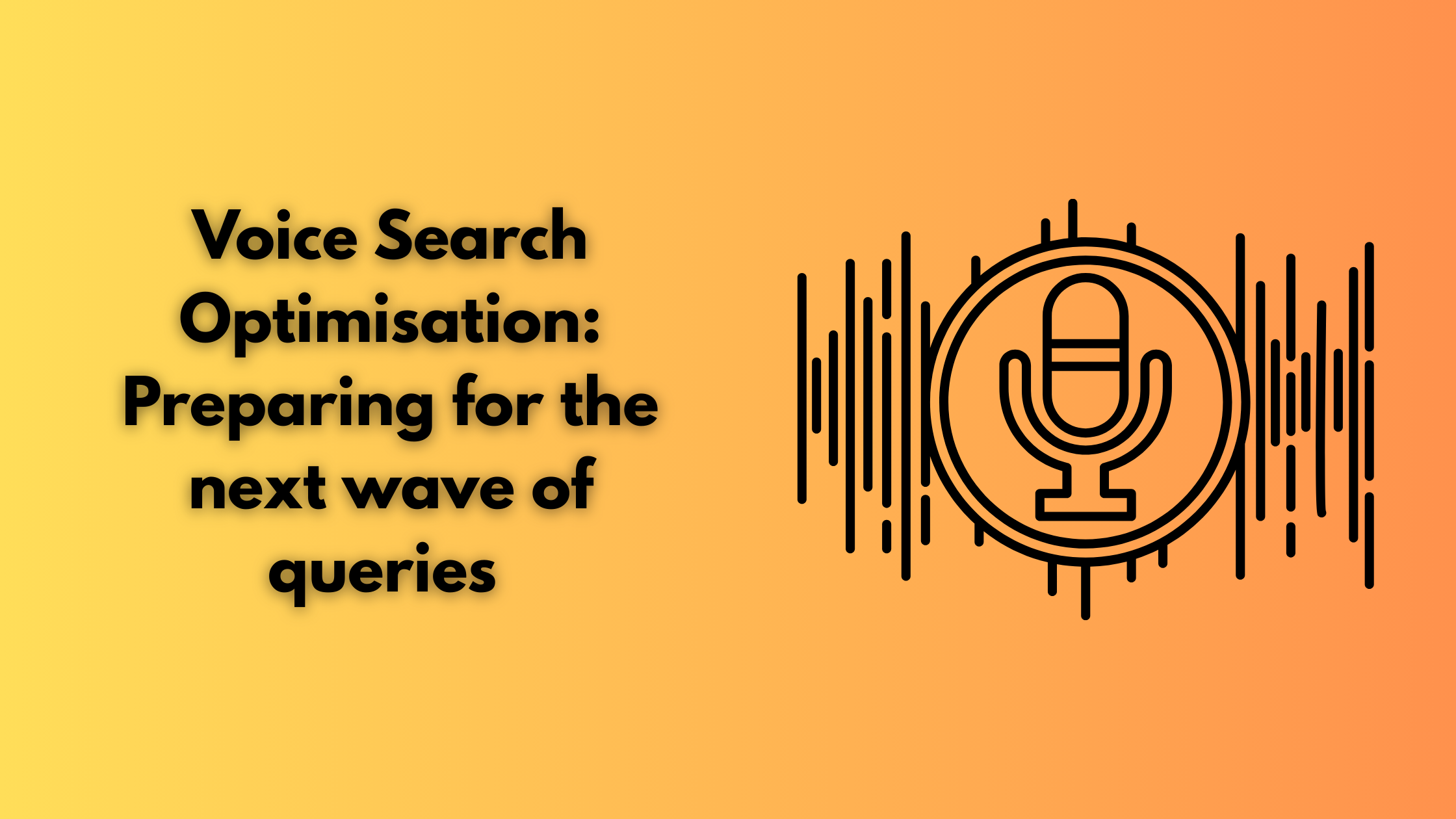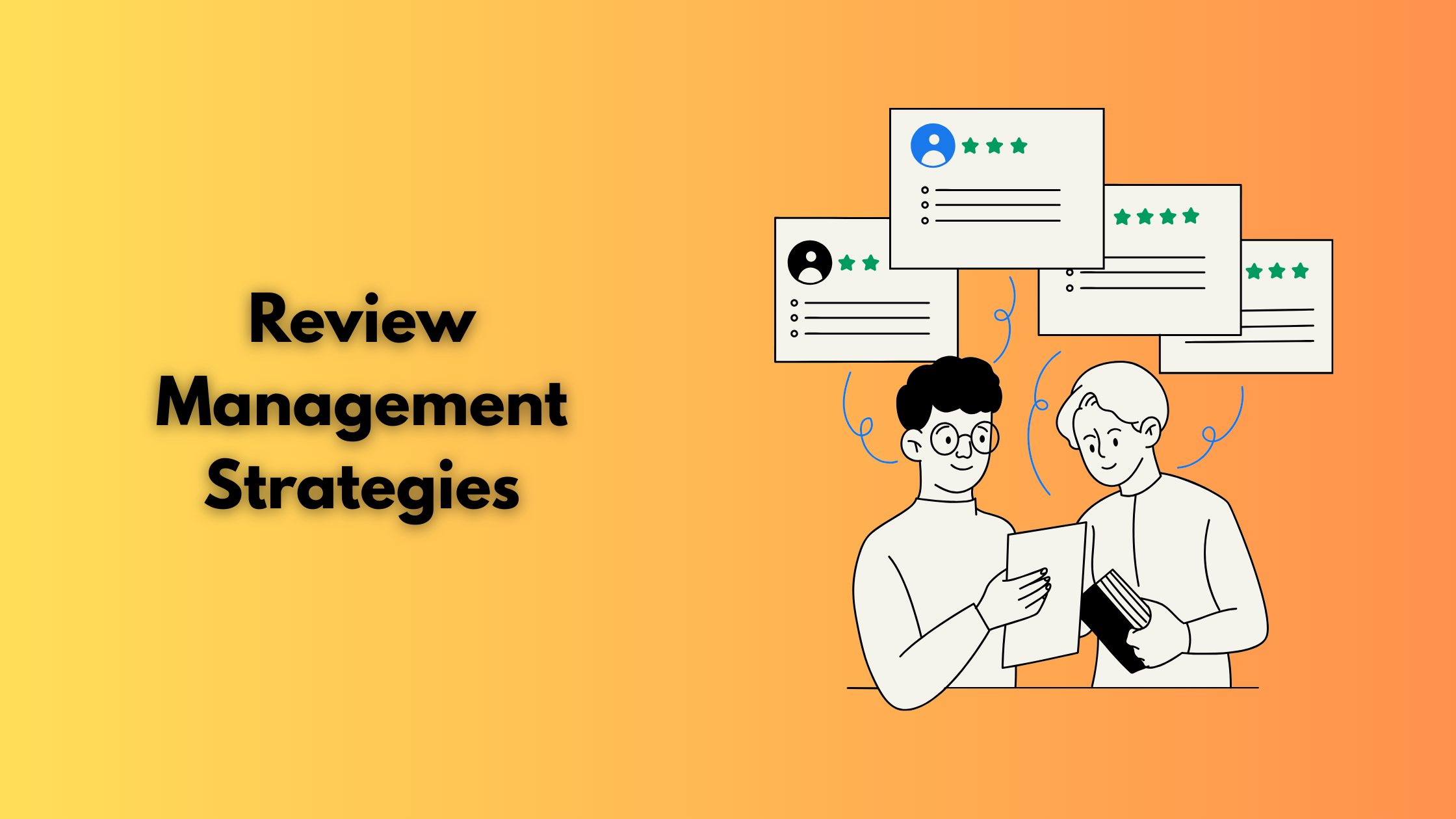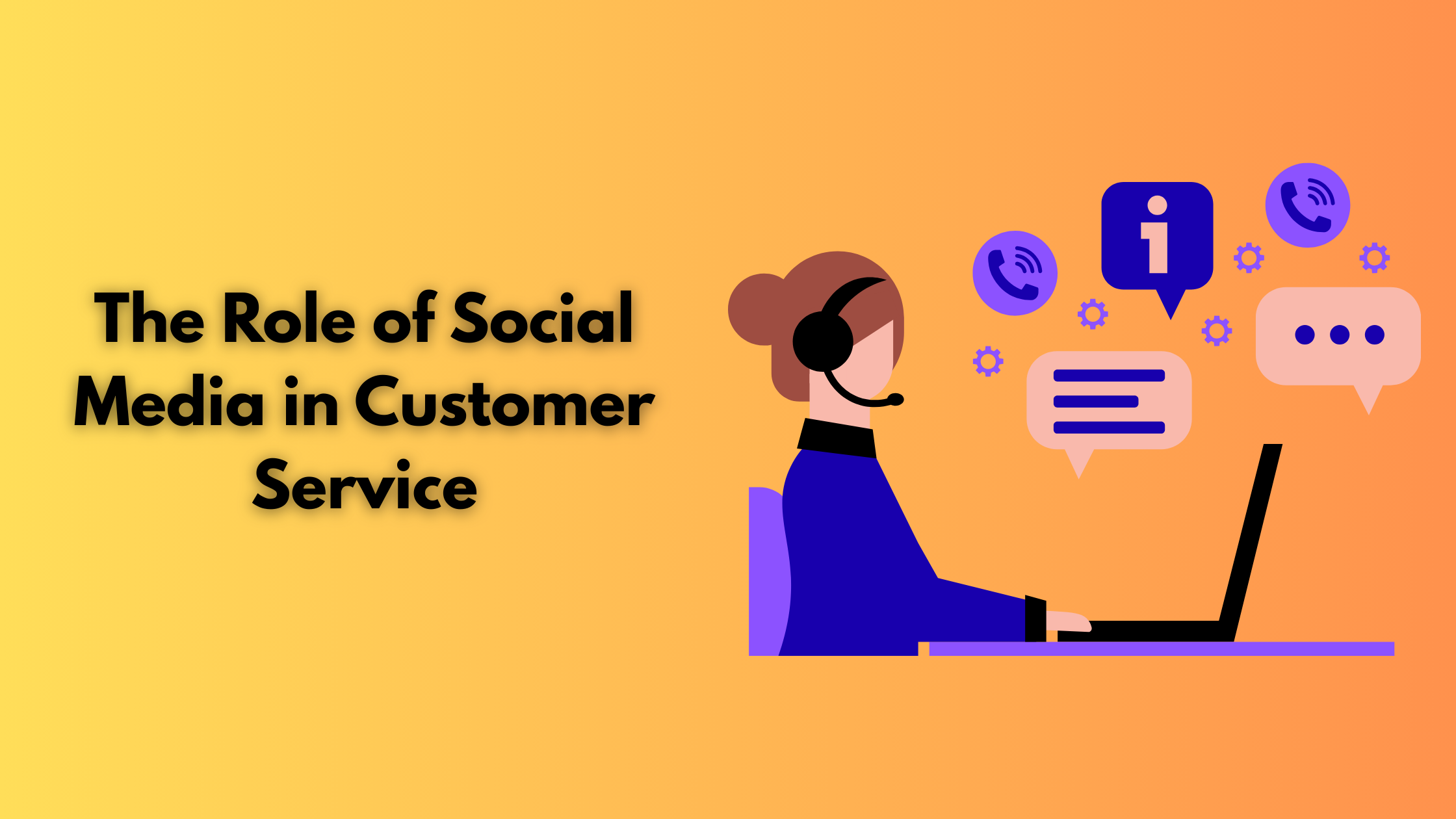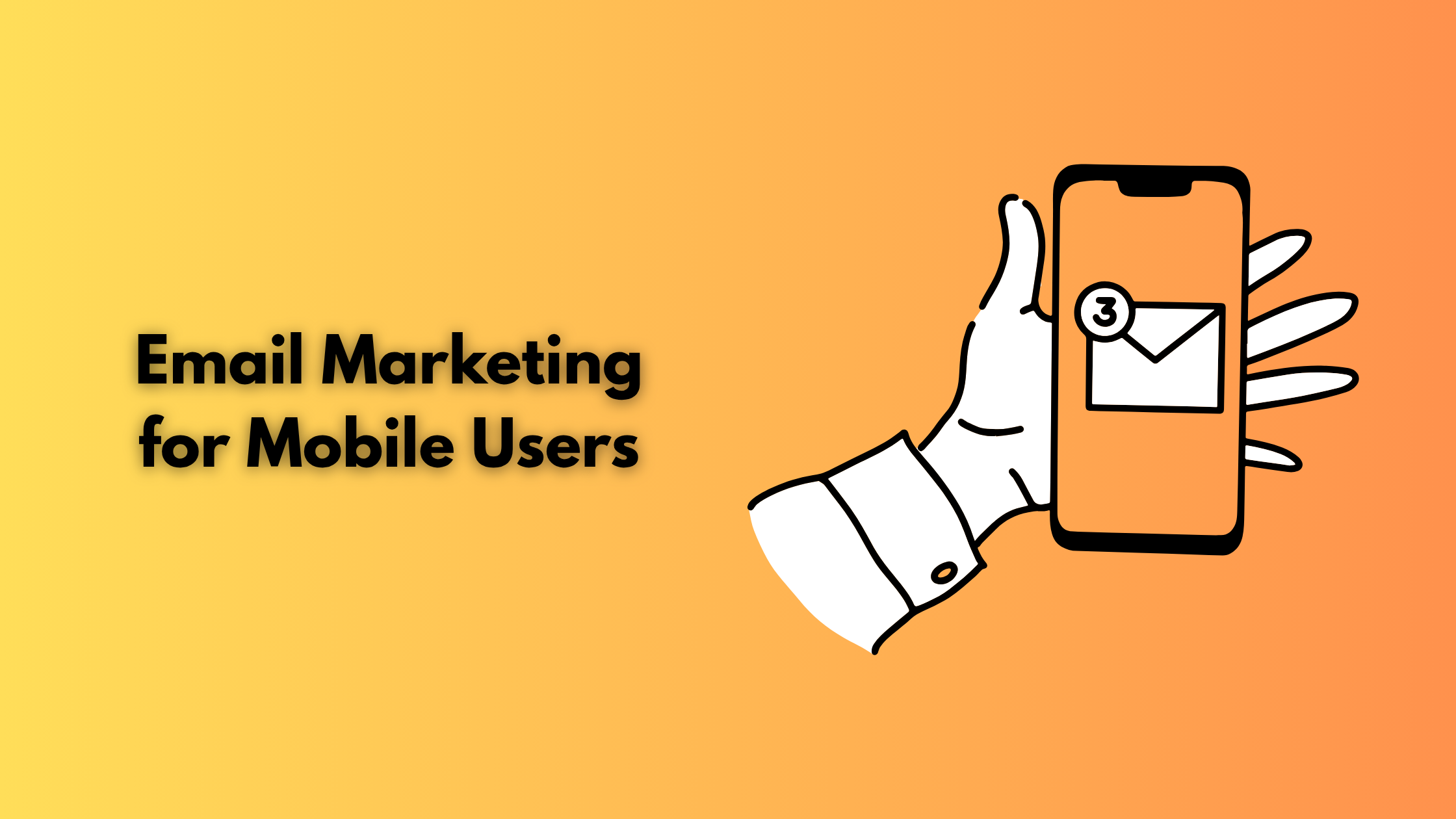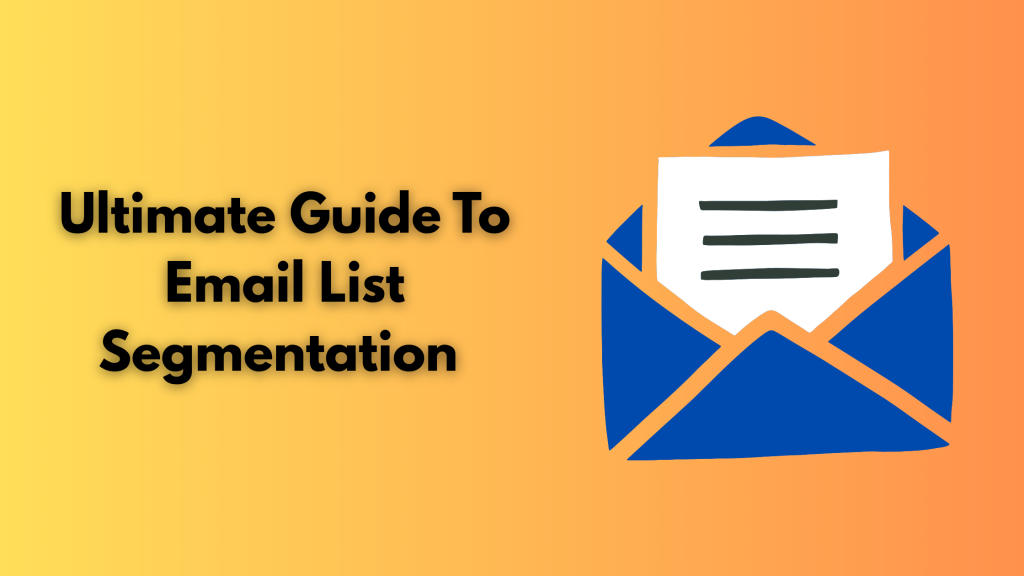
Email marketing is one of the most effective ways to connect with and reach your target audience. However, you cannot send the same email to your entire list. It will do more harm than good for your business. Generic emails don’t create interest and lead to a lower engagement rate because everyone has different interests, preferences, etc.
Email segmentation allows you to divide your audience into small groups, allowing you to create more targeted messages and send personalized emails to subscribers.
In this article, we’ll learn what email list segmentation is, why you should segment your list, and some of the most effective email segmentation strategies!
What is Email List Segmentation?
Email list segmentation means dividing your subscribers into smaller divisions or groups based on specific characteristics or features. This helps you in creating and sending relevant and personalized messages to these groups, which enhances target marketing and increases engagement.
Some of the characteristics based on which you can create segments are location, language, purchasing behaviour, employment, interests, etc. Email List segmentation helps in creating more targeted messages, enhances conversion rate, and engagement rate. Which means it reduces the unsubscribe rate. Additionally, it improves the sender’s reputation, and a higher engagement rate signals to the Internet Service Provider (ISP) that your emails are relevant to your customers. It also enhances the personalization of messages so that you can cater to different audiences more effectively, and enhances the campaign results. It keeps your subscribed customers more engaged and delivers to them what they subscribed for. According to a study, 15% of marketers segment their email list. If you are not segmenting and targeting these segments to send personalized emails, you are losing huge revenue.
How to begin Email List Segmentation
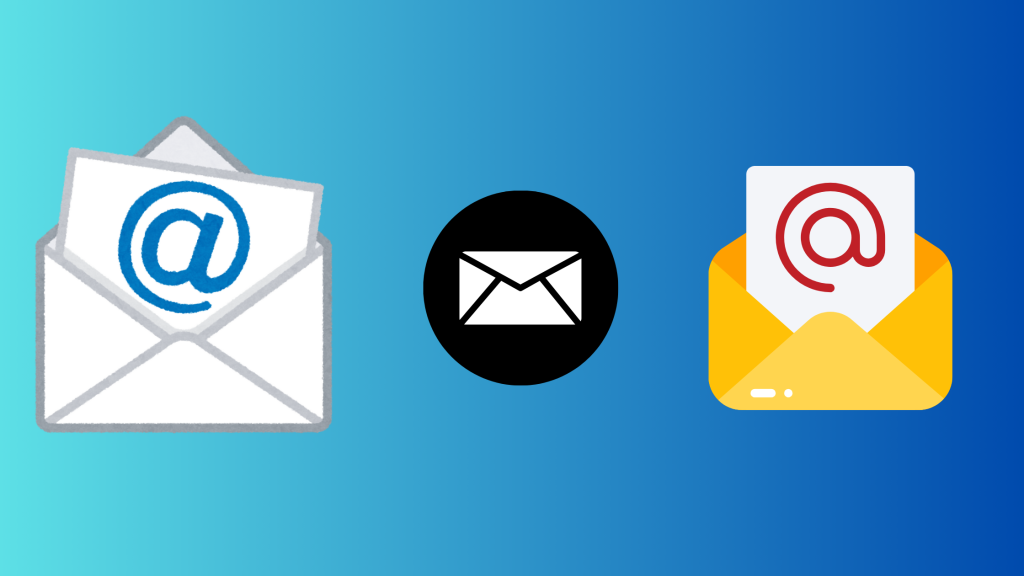
Here are a few steps that you should begin with while creating email list segmentation.
- Goal: Firstly, define what you are trying to achieve, such as an increase in engagement rate, conversion rate, etc.
- Collect Relevant Data: Gather data related to your customers, such as location, past purchases, interests, engagement level, preferences, etc.
- Selecting Segmentation Criteria: Select the most effective criteria for using segmentation, such as purchase behaviour, demographics, etc. Also, what type of emails should be used for targeting each customer?
- Email Marketing Tool: Use an email marketing tool such as HubSpot, Mailchimp, etc.
- Create Segments: You can create segments based on subscription, such as new subscribers, inactive subscribers, and active subscribers.
- Targeted Content: Create content that is relevant for your audience, such as personalized emails, offers, and promotional emails, etc.
- Adapt: Track the performance of each campaign and adapt efficiently to make necessary changes.
Best Practices of Email List Segmentations
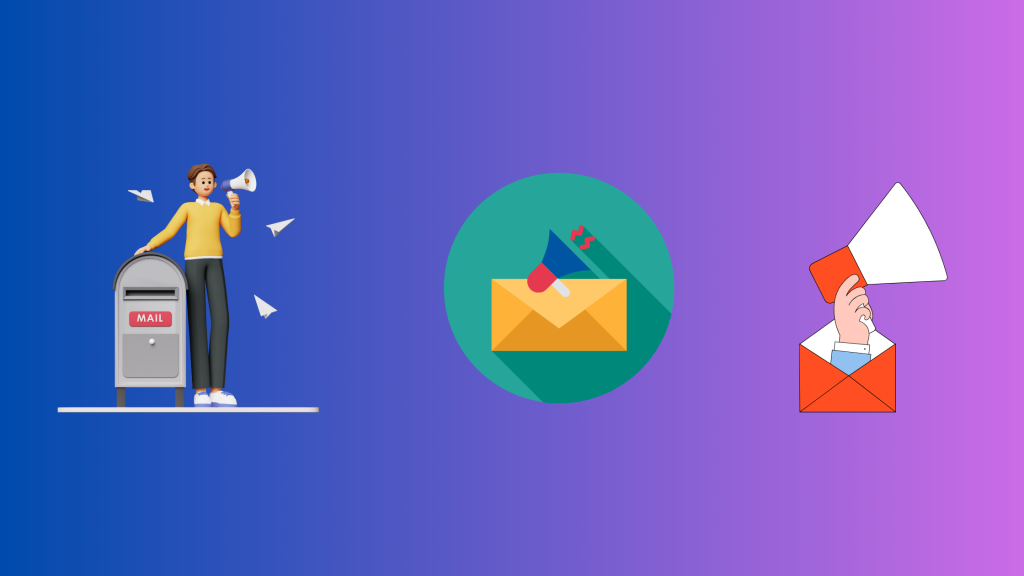
Some of the best practices of Email List Segmentation are
- Small and Steady: Don’t burden yourself by creating too many segments at once. Build 2-3 lists, send targeted emails, and monitor results. After this, you can expand your lists as you will know more about the customers after the purchase.
- Data: Data is very important and never goes useless. However, it is advisable not to collect all the data. Collect only important data so that it saves time and resources and is relevant for attaining email segmentation goals.
- Content: You must go beyond personalization of the email subject line. Provide users with relevant and engaging content such as recommendations of related products, discounts or offers, etc, after studying the customer insights.
- Test: Some campaigns will work while some will fail, but each campaign will provide useful insights. The more you study, the easier it is to predict the result and make changes. You can try A/B testing to experiment with different content, subject line, consistency, delivery time, graphics used, etc, to understand what your audience likes.
- Revise: When done effectively, your new leads can turn into loyal customers. However, you must not forget your old loyal customers. An effective segmented email list can help you achieve your goal.
- Ask: The best way to improve your segmentation is to ask your customers about their preferences directly. Whenever someone subscribes, ask them about their preferences, interests, preferred time, preferred content, preferred goods and services, etc. To ensure that all the audience gives relevant information, you must keep the form short and thank them for their consideration.
Once you have segmented your list, you must create engaging and relevant content that engages your audience. You might need an email sending solution that promises effective results. Lumia 360 provides digital solutions for small and medium agencies for better and more effective results.
Read Also: How to use Google Analytics to improve your Website’s performance
Read Also: Challenges of Measuring ROI



